
Visa and entry requirements Nepal:
Passport required
A visa is issued upon entry at border crossings into Nepal or at Kathmandu airport.
Visa costs: 40 USD
Information from the Foreign Office about your trip to Nepal:
https://www.auswaertiges-amt.de/de/nepalsicherheit/221216
Nepal is a landlocked country in southern Asia with around 30 million inhabitants. The country, which measures around 900 by 250 kilometers, borders India and the autonomous territory of Sikkim in the south and the disputed Chinese Tibet in the north. Interestingly, Nepal is the only country in the world whose national flag is not square.
The official language of the Himalayan state is Nepali and the national currency is the Nepalese rupee, where 1 euro corresponds to around 130 NPR.
The largest cities in Nepal include Kathmandu, Pokhara, Lalitpur, Biratnagar, Birganj, Bharatpur, Janakpur, Dharan, Nepalganj, Butwal, Itahari and Hetauda. About 82% of the population of Nepal profess the Hindu faith, another 10% follow Buddhism.
The entire territory of Nepal is located in the Himalayas, the highest mountains in the world. Seven of the ten largest peaks on earth are located on Nepalese territory, including the 8,848 meter high Mount Everest, the highest peak on our planet. Other mountains in Nepal with a height of over 8,000 meters are Kangchenjunga (8,586), Lhotse (8,516), Makalu (8,485), Cho Oyu (8,188), Dhaulagari (8,167), Manaslu (8,163) and Annapurna with 8,091 meters.
Nepal is one of the poorest countries in the world and, due to the lack of natural resources, the domestic economy is based primarily on agriculture, tourism and remittances from Nepalis living abroad.
The main agricultural exports are rice, potatoes, corn and grain.
Due to its unique high mountains, Nepal is a globally important attraction for mountaineers, climbers and hikers. The country's main attractions include the hiking trails to Mount Everest and Annapurna, the pilgrimage site of Mukinath, the city of Bhaktapur with its Durbar Square, Nyatapola Temple, Taumadhi Square and Changu Narayan Temple, the Stupa of Bodnath, the Swayambhunath Temple complex, the Hindu burial site Pashupati Nath with its temple, the Kopan Monastery, the viewpoint at Chandragiri Hill, the exciting Asan Market, the Garden of Thamel and the Budhanilkantha Temple complex in Kathmandu, the Thrangu Tashi Monastery in Dhulikhel, the Chitwan National Park, the Maya Devi Temple in Lumbini, the Durbar Square, the Golden Temple and the Art Museum in Patan, the Peace Temple, the Fewa Lake with its small temple, the Sarangkot and Poon Hill viewpoints and the Begnas Lake in Pokhara.
The capital and largest city of Nepal is Kathmandu with around 1.2 million inhabitants in the urban area and almost three million in the surrounding metropolitan area. The city is located in the great Kathmandu Valley at an average altitude of 1,400 meters and is the political and economic center of the country.
Due to its location in a closed valley, Kathmandu is one of the most polluted cities in the world. The extremely high smog recently no longer allowed a clear view of the capital.
In March 2008 I traveled to the Himalayan state of Nepal for the only time so far. My week-long tour took me first to Kathmandu, then to Pokhara, on the Annapurna Circuit and ended in Chitwan National Park.
There was a huge hustle and bustle in the capital, Kathmandu, and every major attraction in the city was packed with crowds. After seeing pretty much everything important in the capital in two days, a 6-hour drive took me to Pokhara, the second largest city in the country. Pokhara was much quieter and more pleasant, with many cozy restaurants and bars. Not far from the city, at an altitude of around 800 meters, was the starting point of one of the most spectacular hiking trails in the world, the Annapurna Circuit. After three long, agonizing days, with sometimes extreme climbs to the approximately 2,900 meter high Ghorepani, there was still no time for a longer break.
The next morning at 4:30 a.m., in the bitter cold, I hiked to the “Poon Hill” viewpoint, 300 meters higher, to experience a fantastic and unique sunrise in the Himalayas. The peaks of the many eight-thousanders were illuminated in different ways by the rising sun, a unique and exciting experience.
On the same day after returning from the legendary “Poon Hill”, due to lack of time, we went back down the entire route to Pokhara. In retrospect, the way down in one day, with my daily elevation gain of around 2,700 meters, was much more painful than the difficult climb in the three days before. All of my bones and muscles hurt so much the next day that I wasn't even able to walk properly at first.
After a 3-hour crossing, I spent the last night in Chitwan National Park. My great week in Nepal ended with a super interesting safari on the last morning, with lots of wild animals, and I was taken back to the airport in Kathmandu in the afternoon.

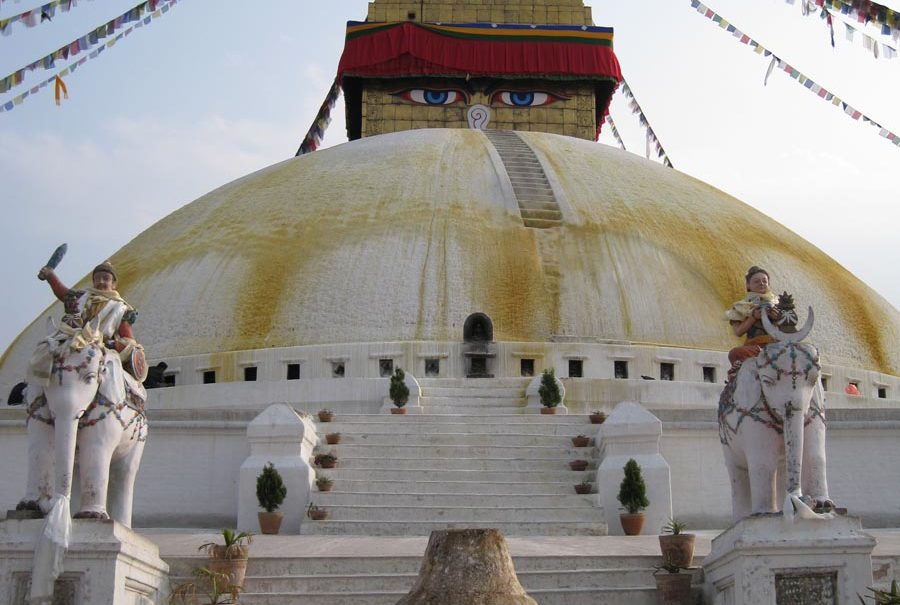
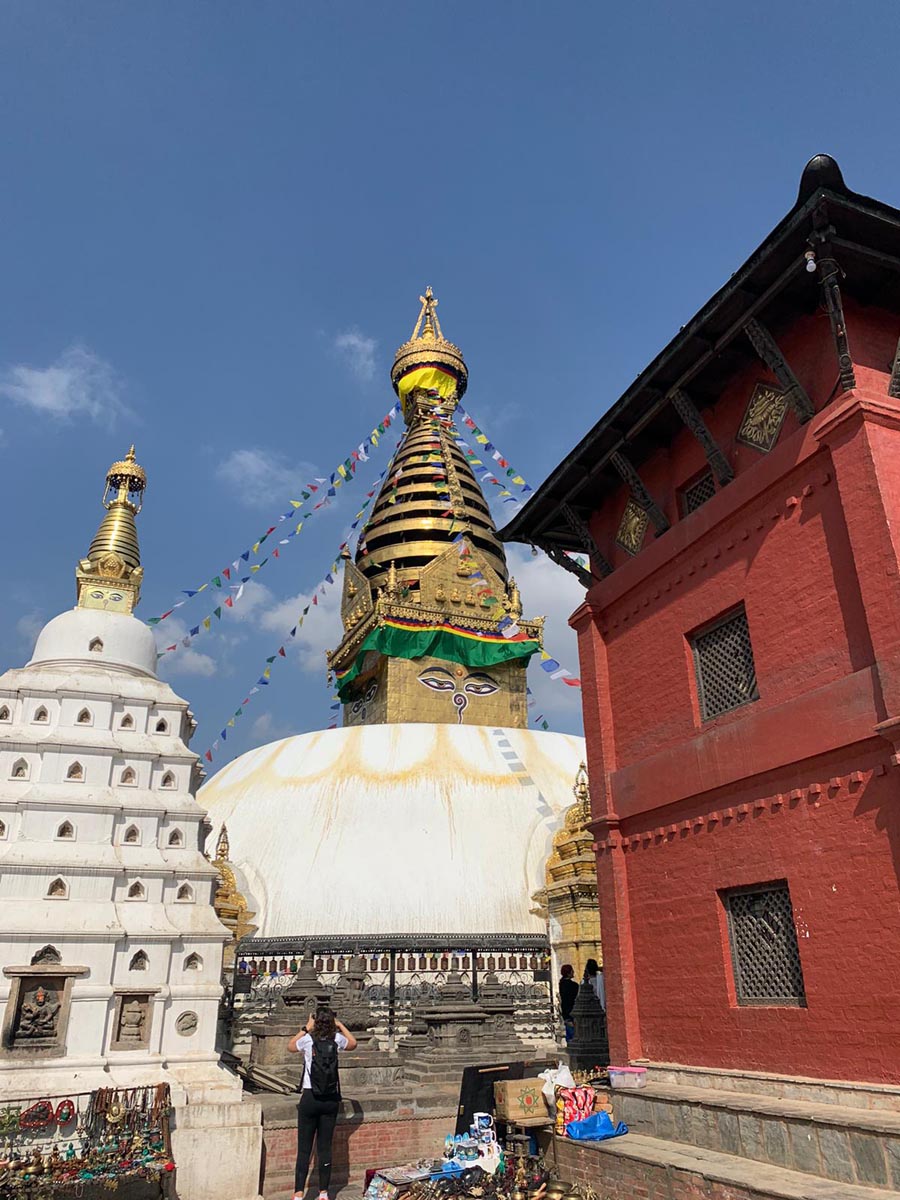
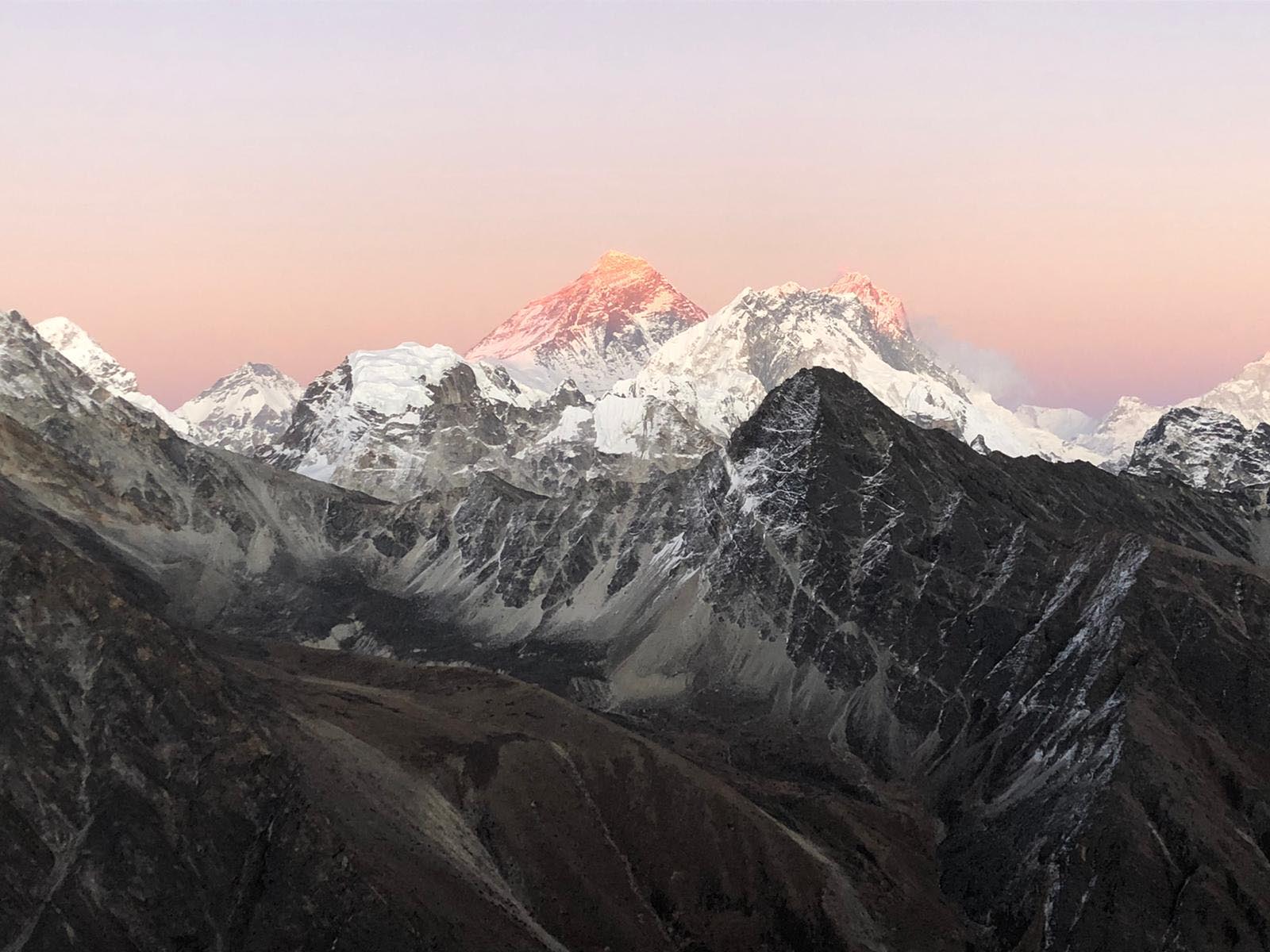
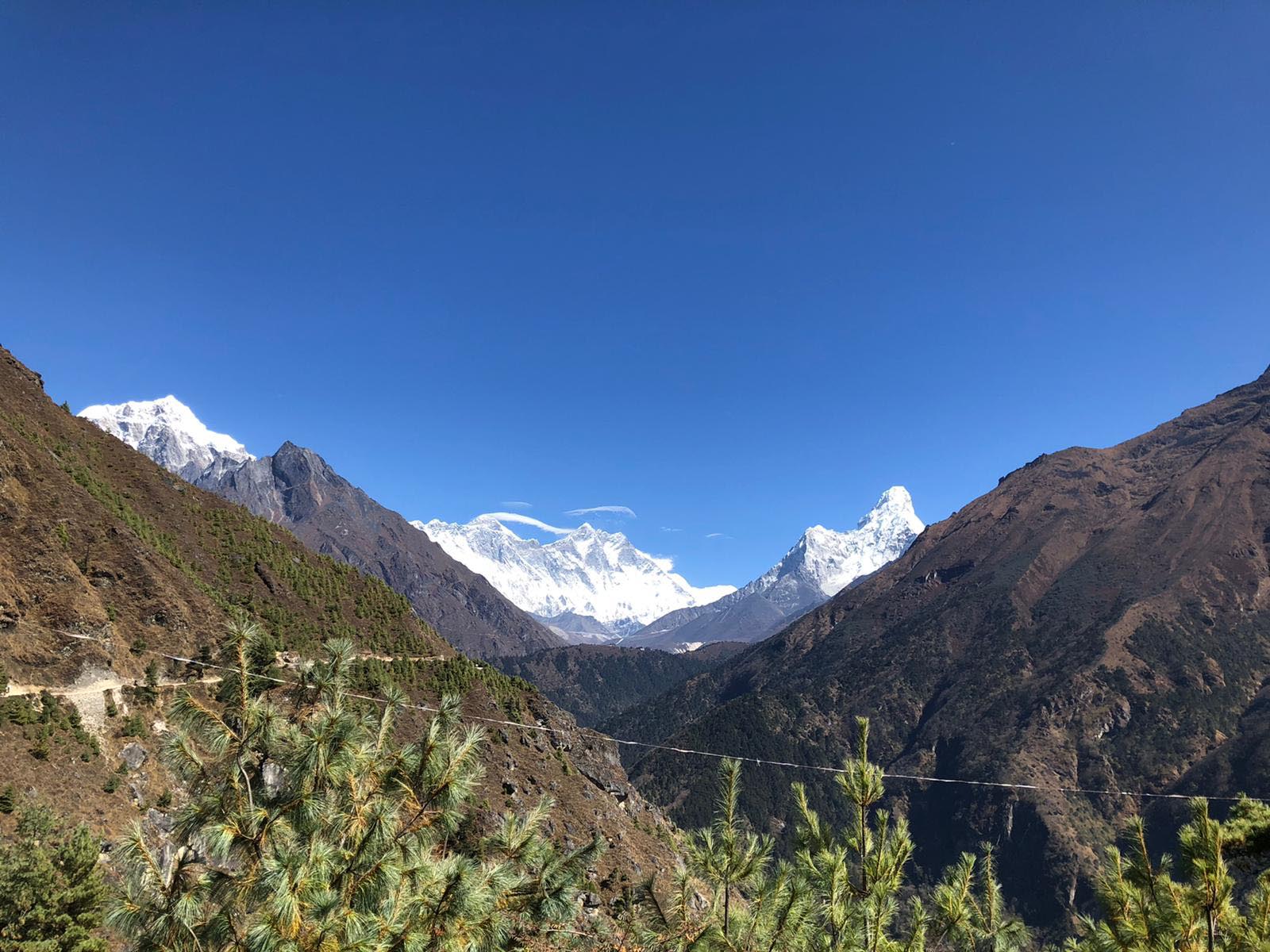
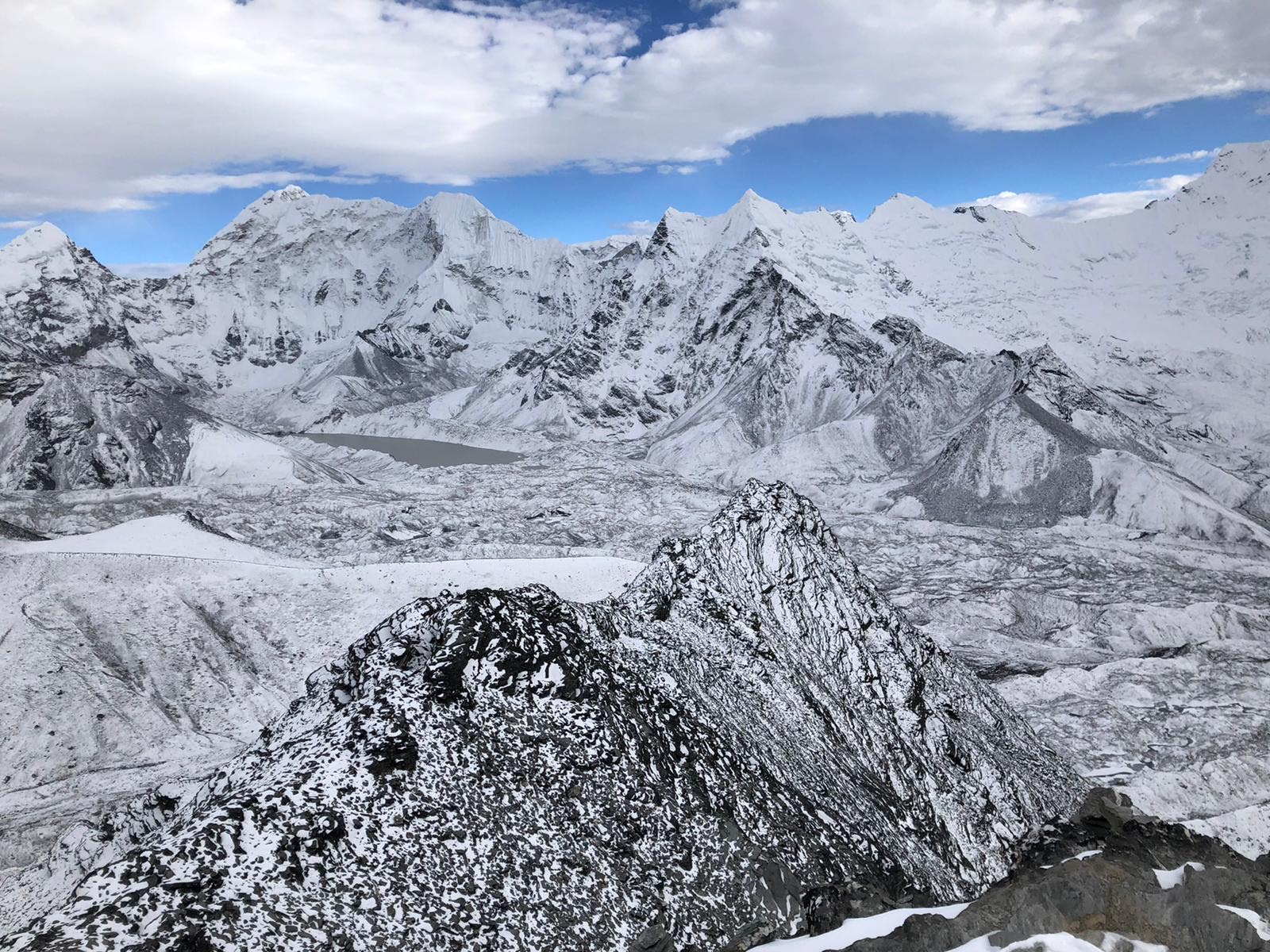
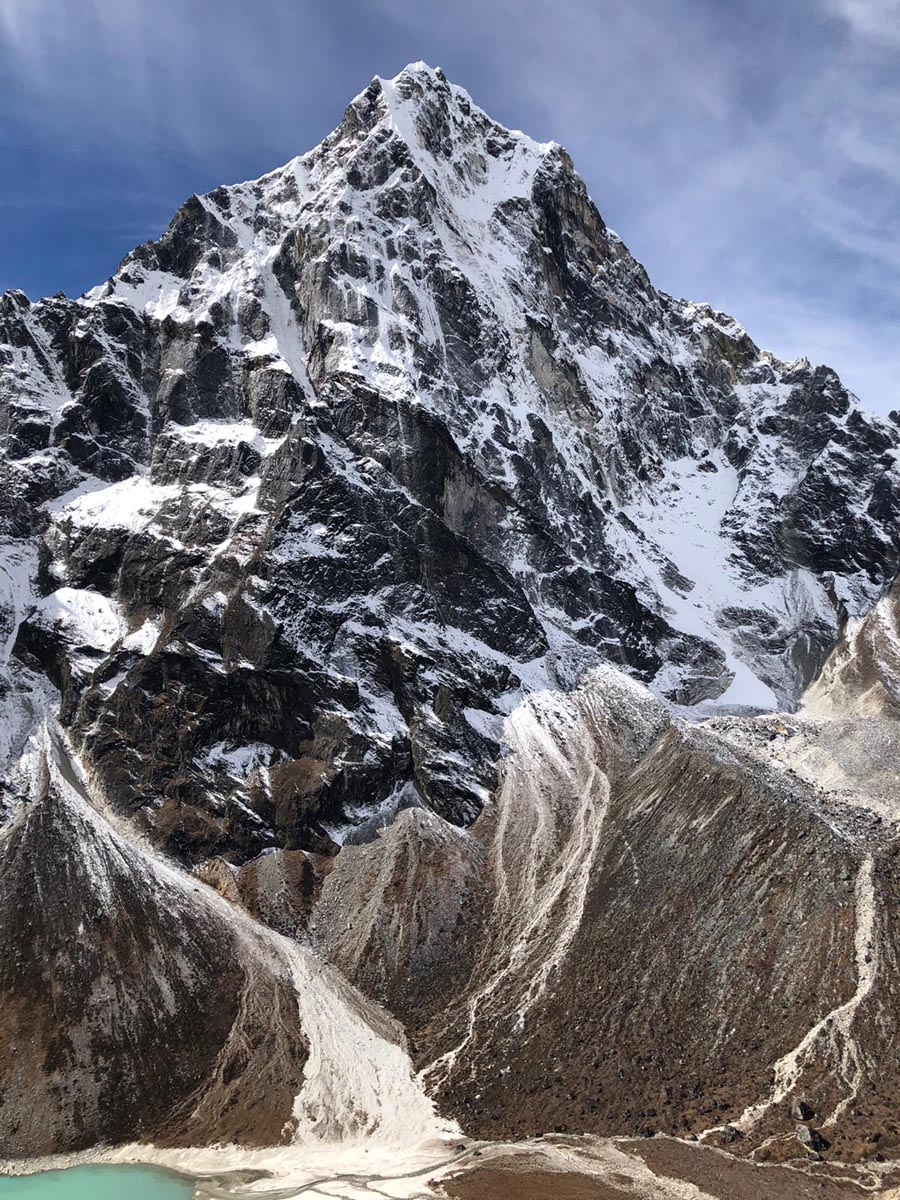
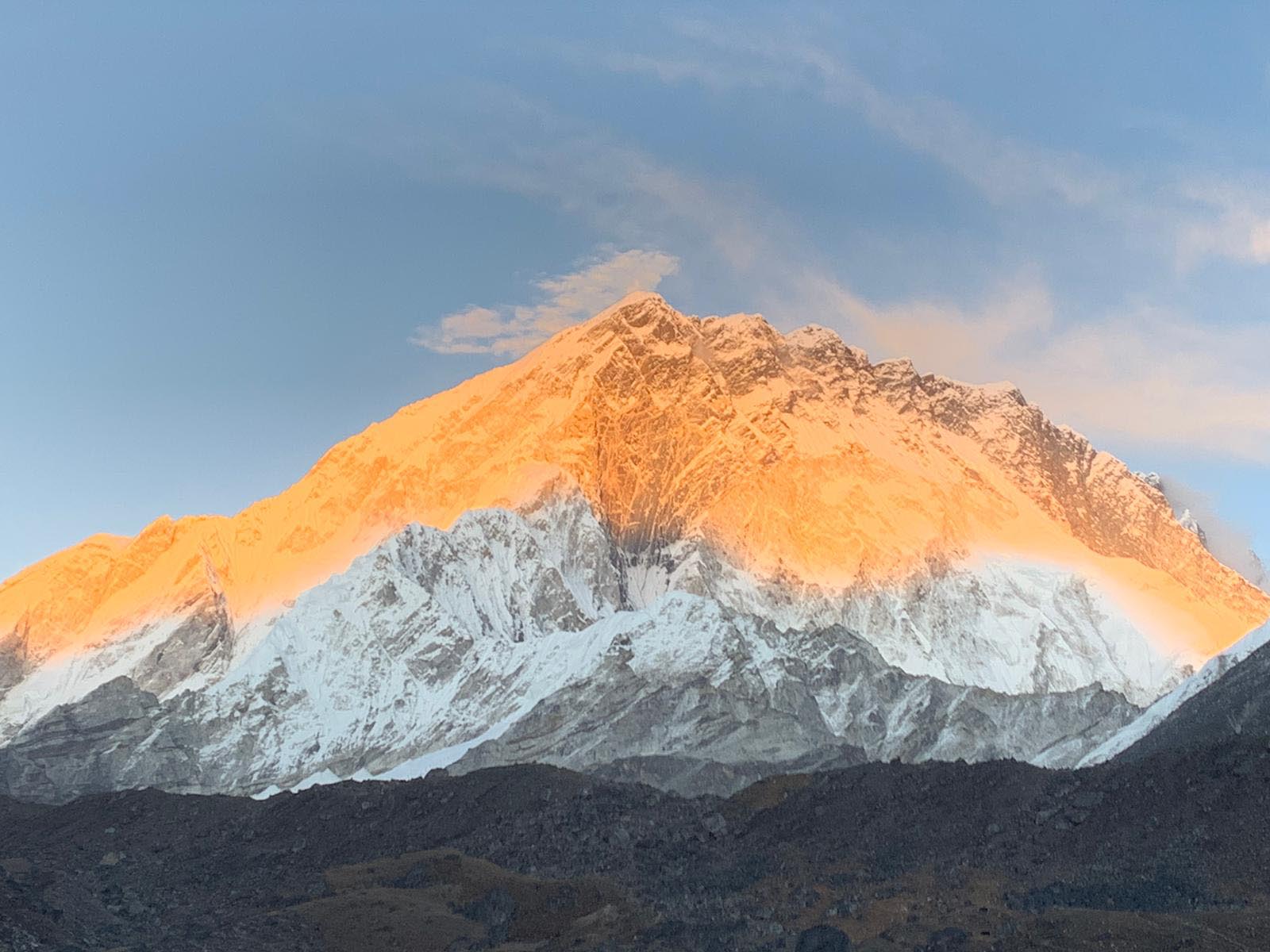
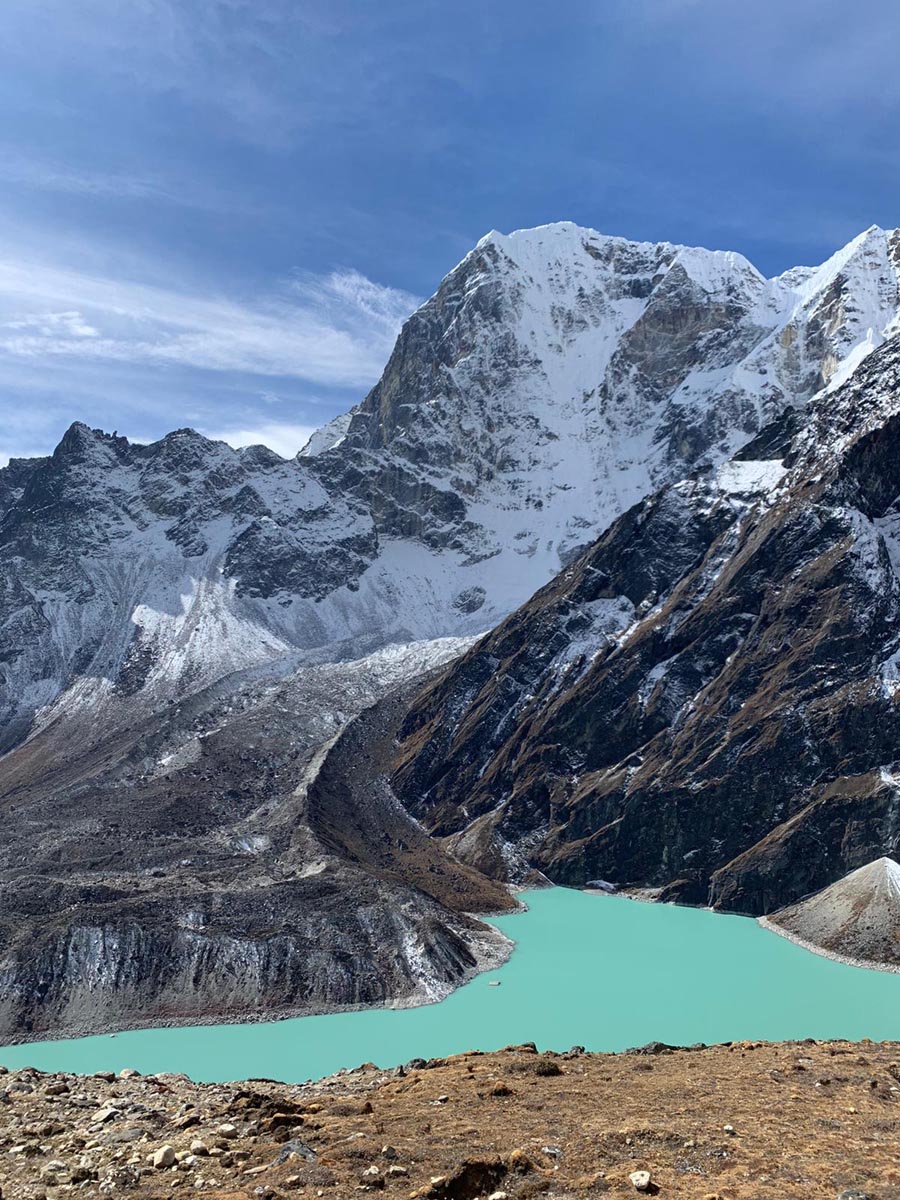
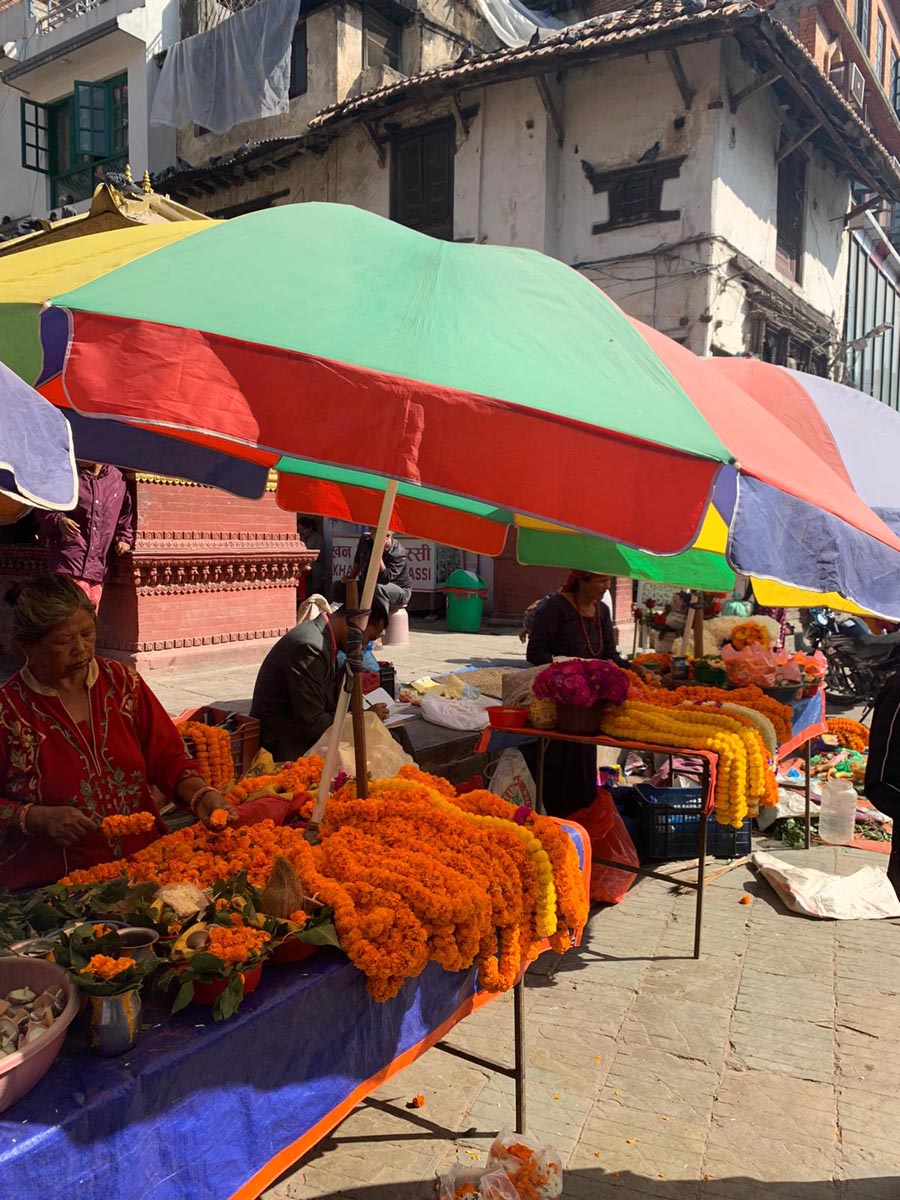
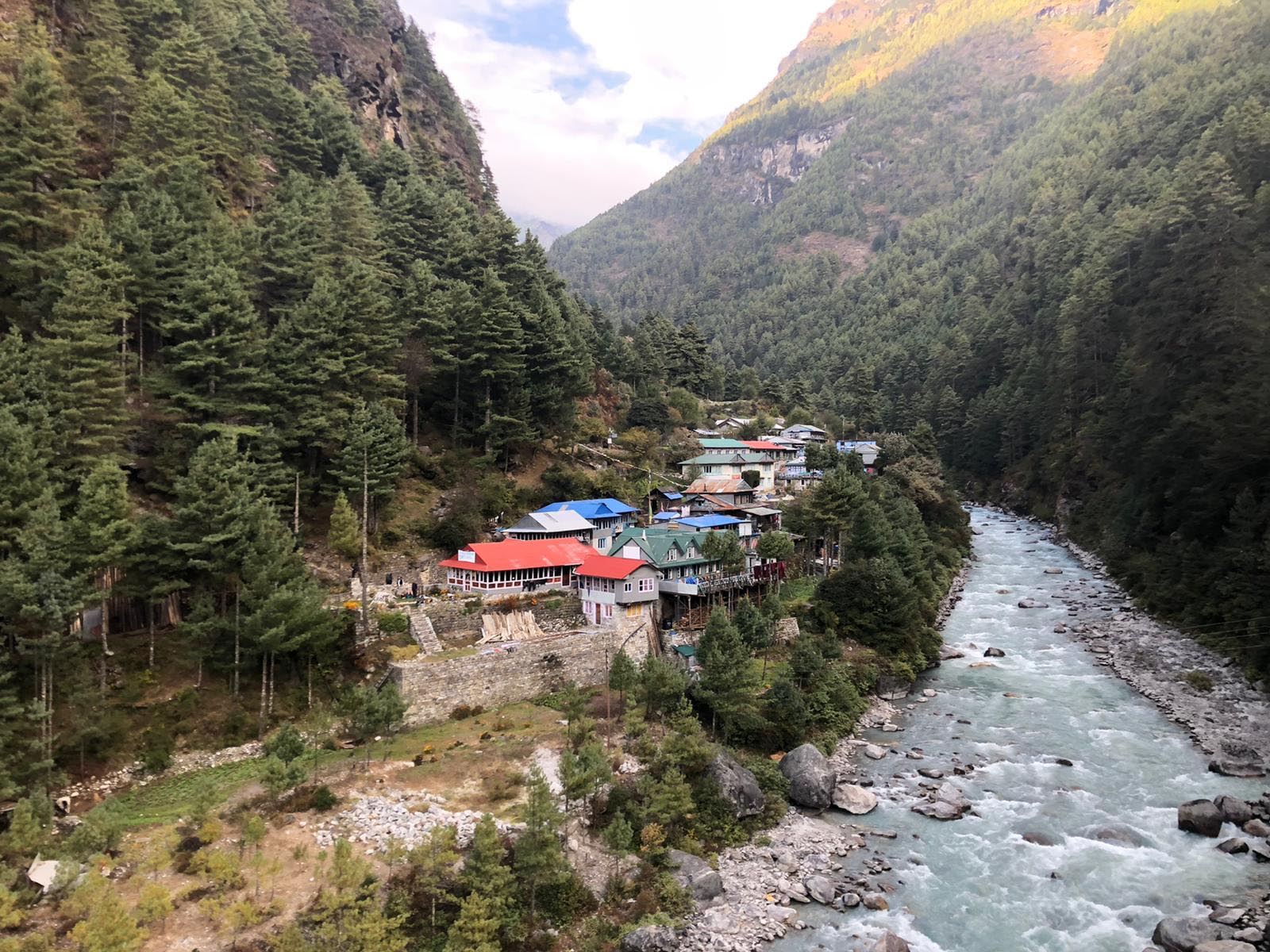
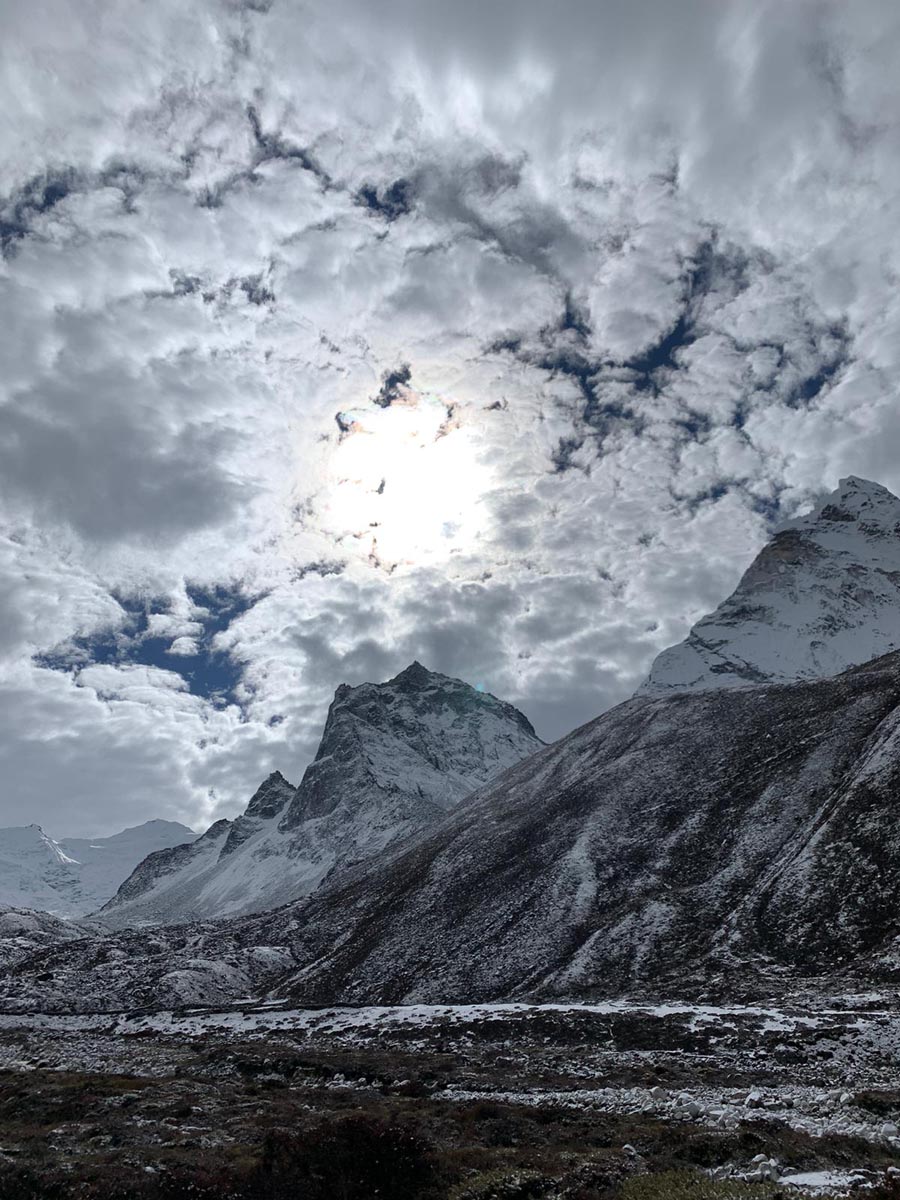
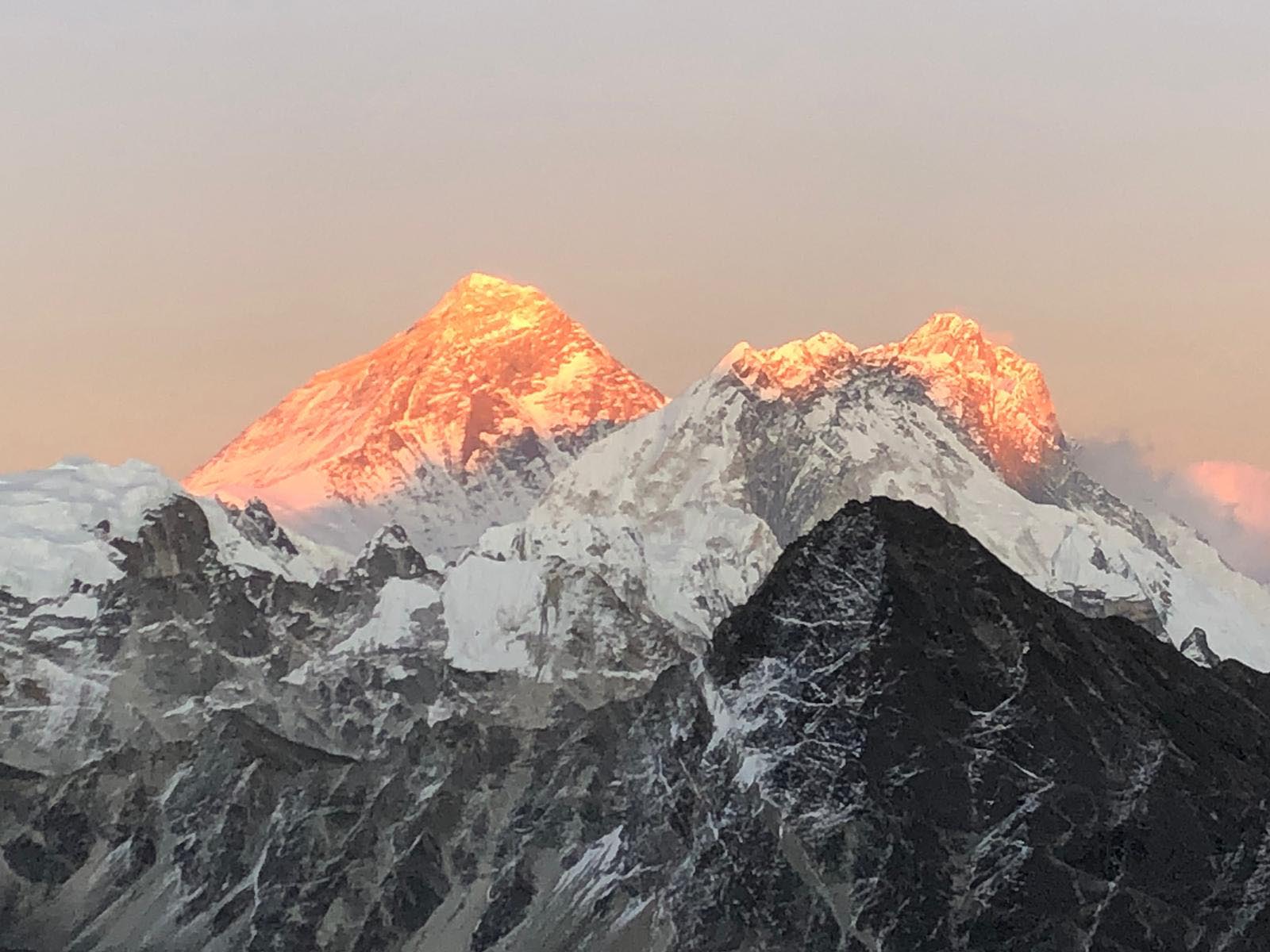
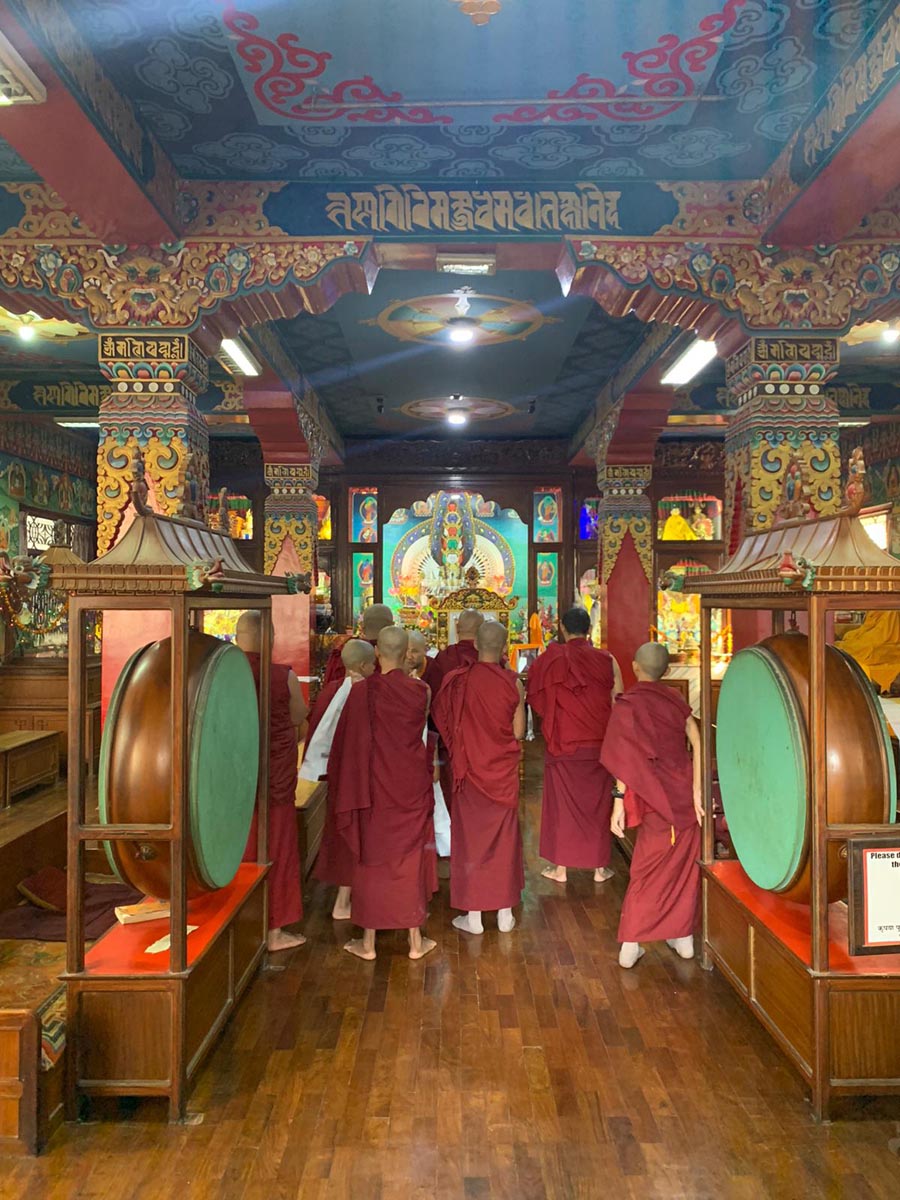
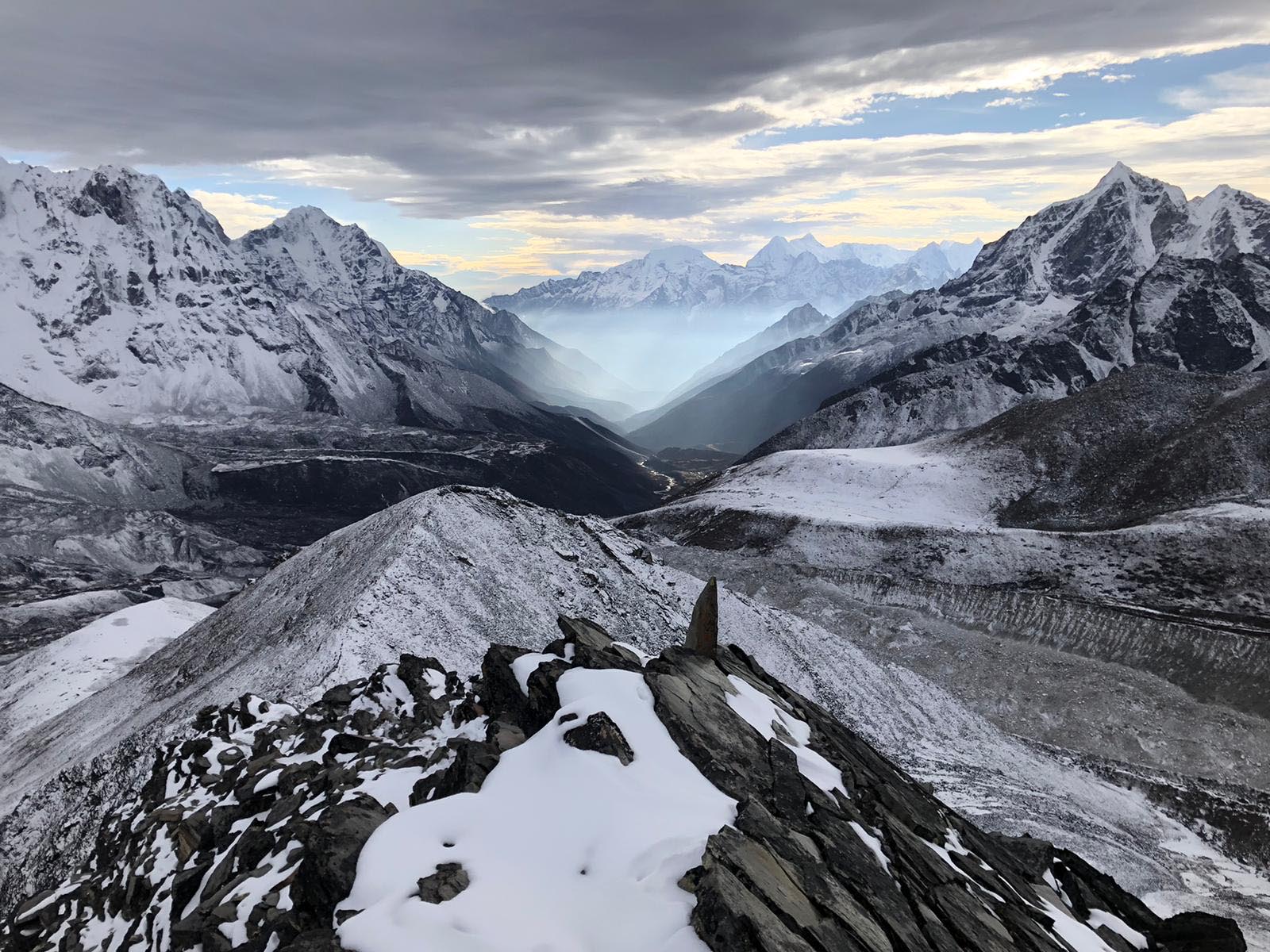
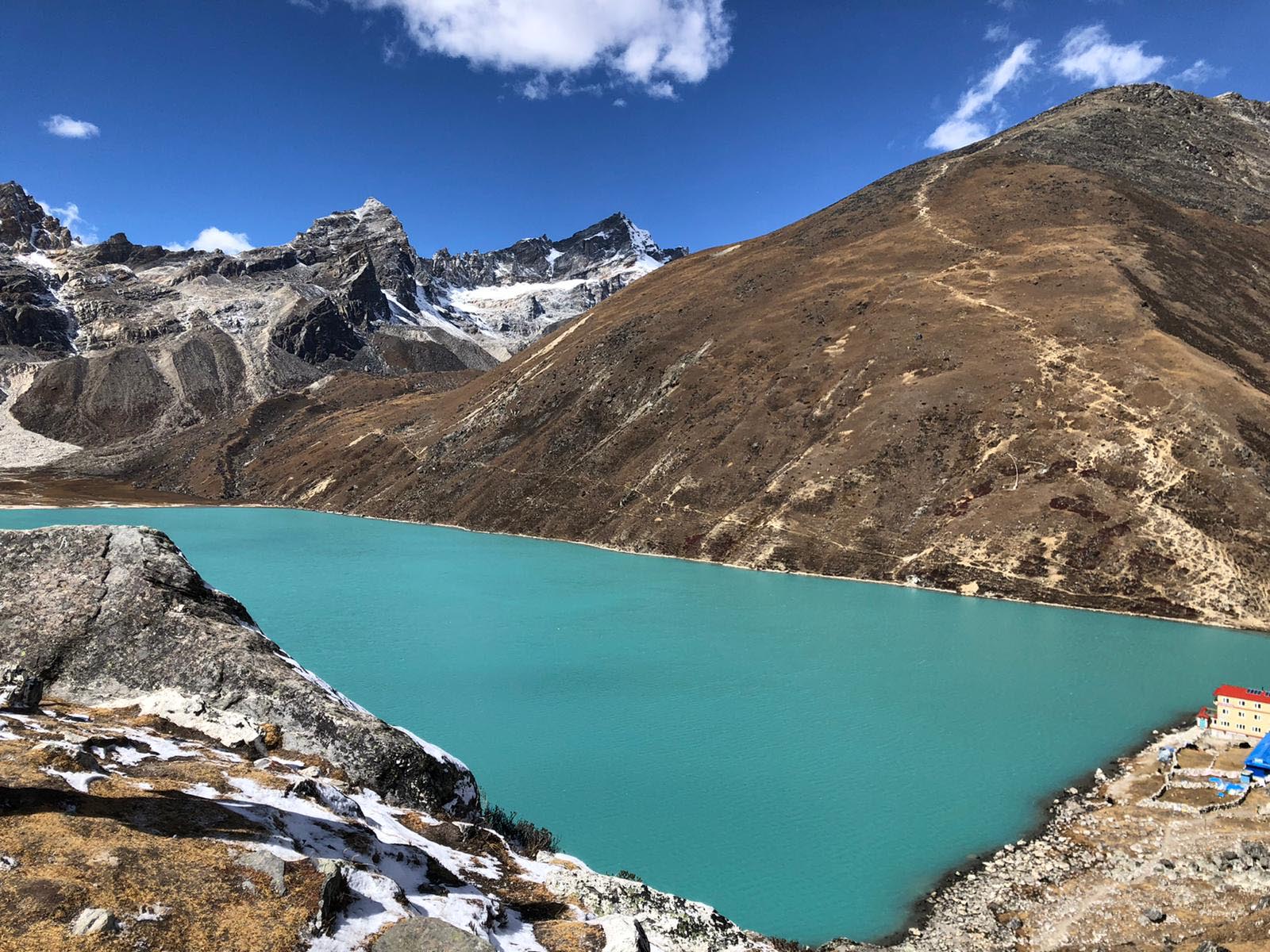
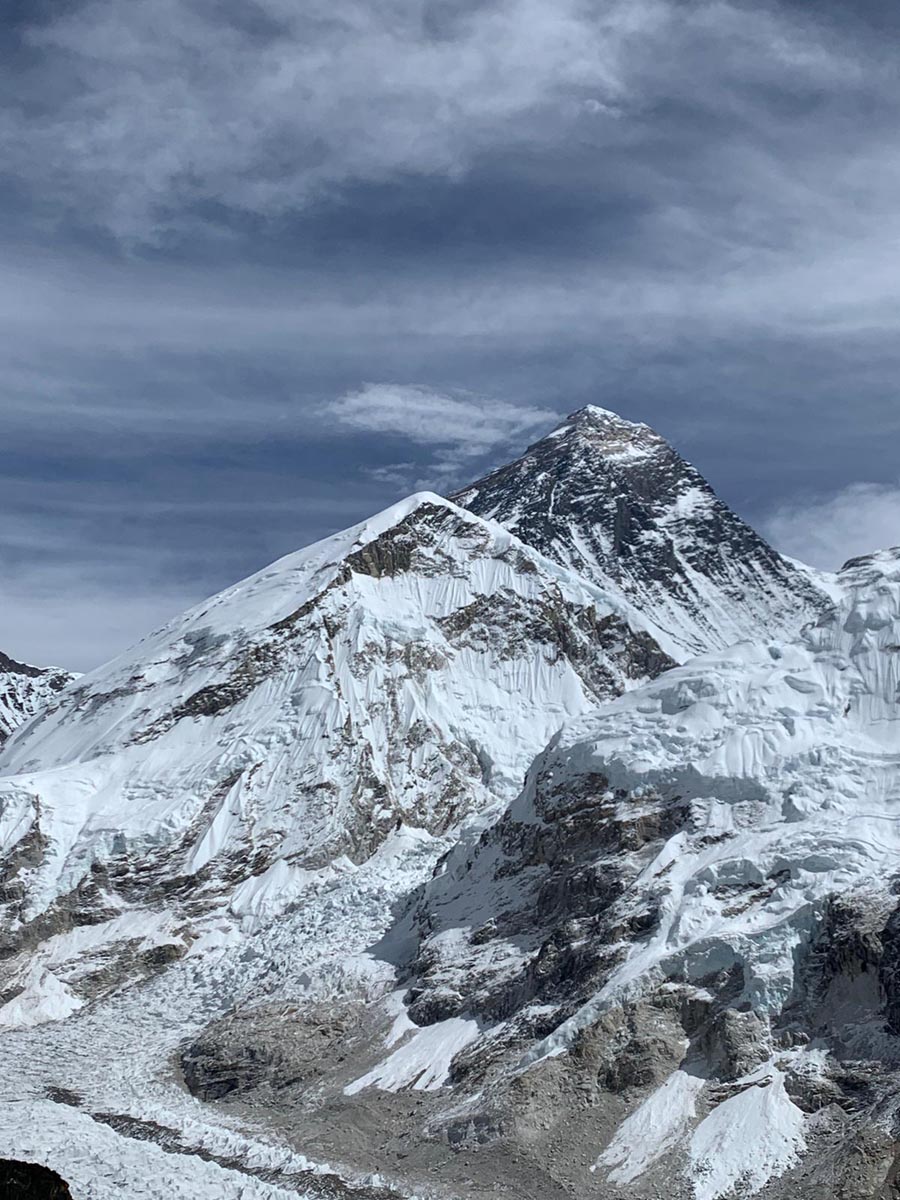
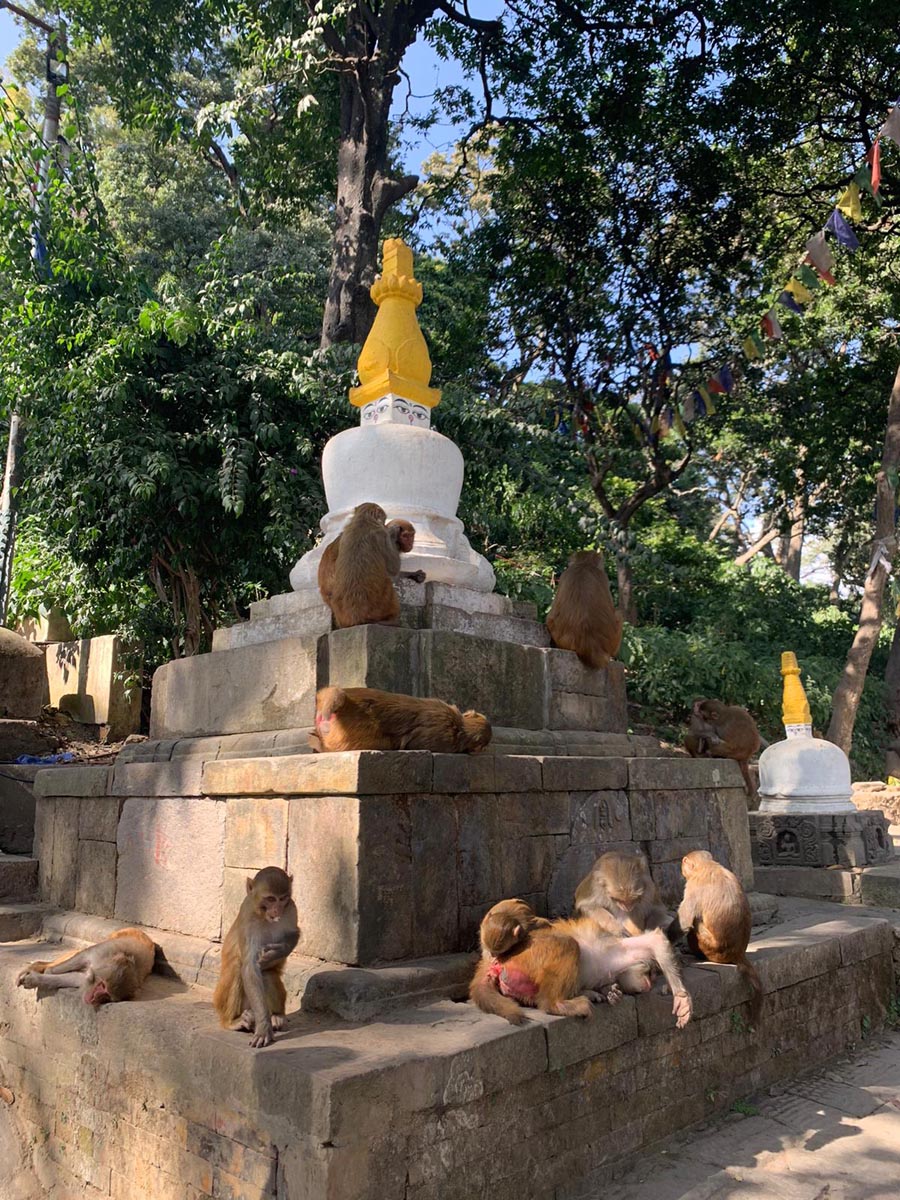
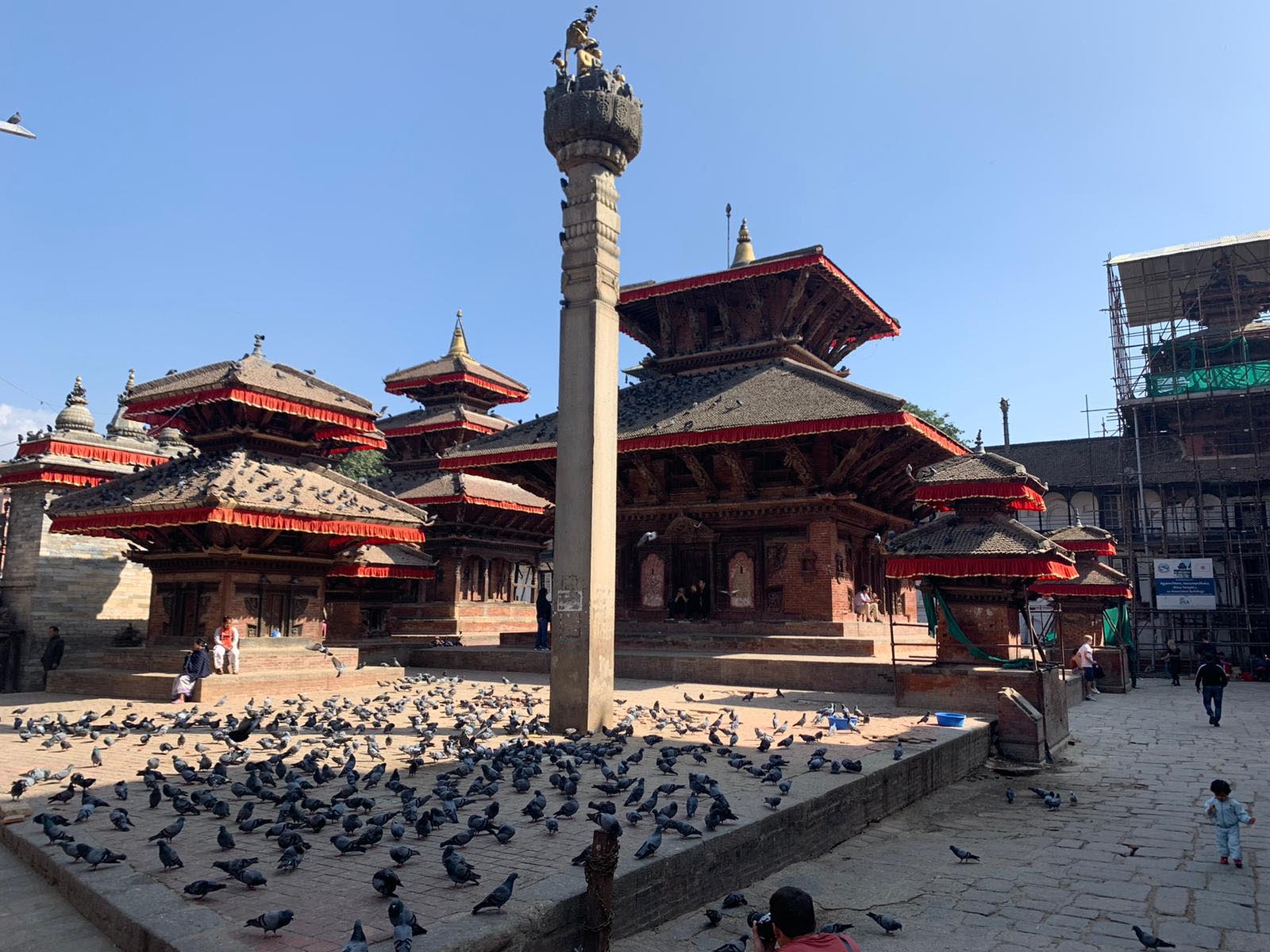
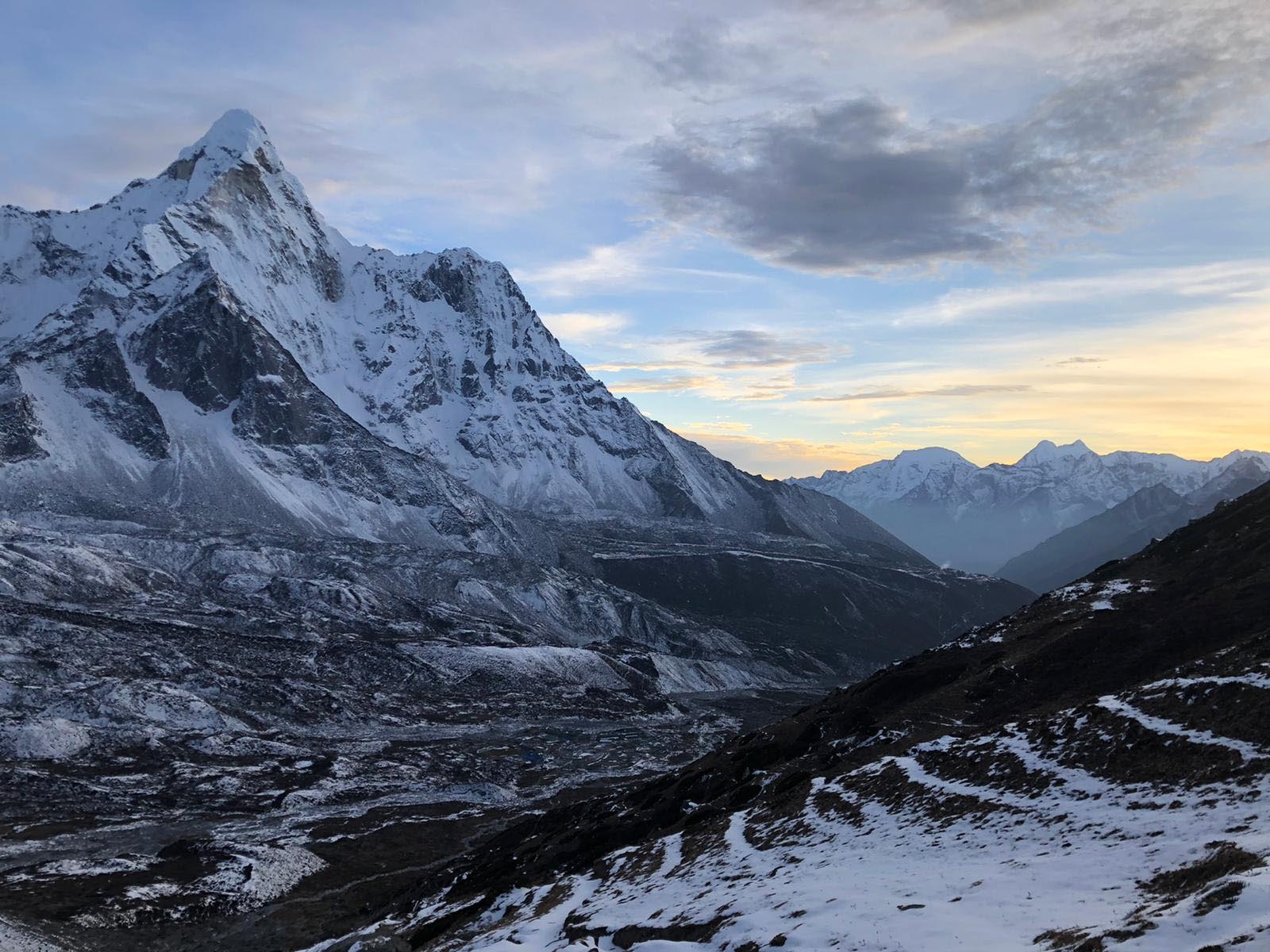
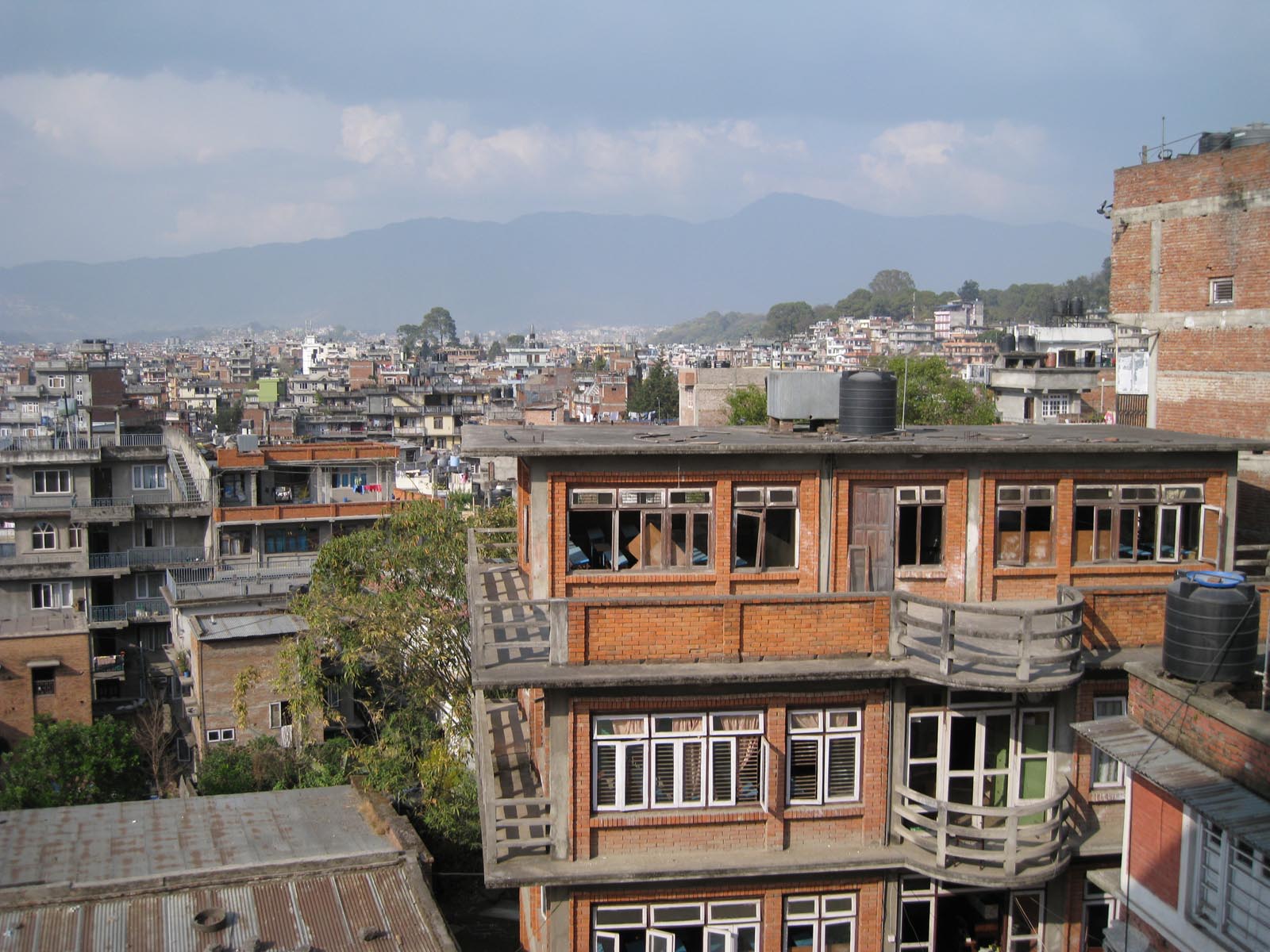
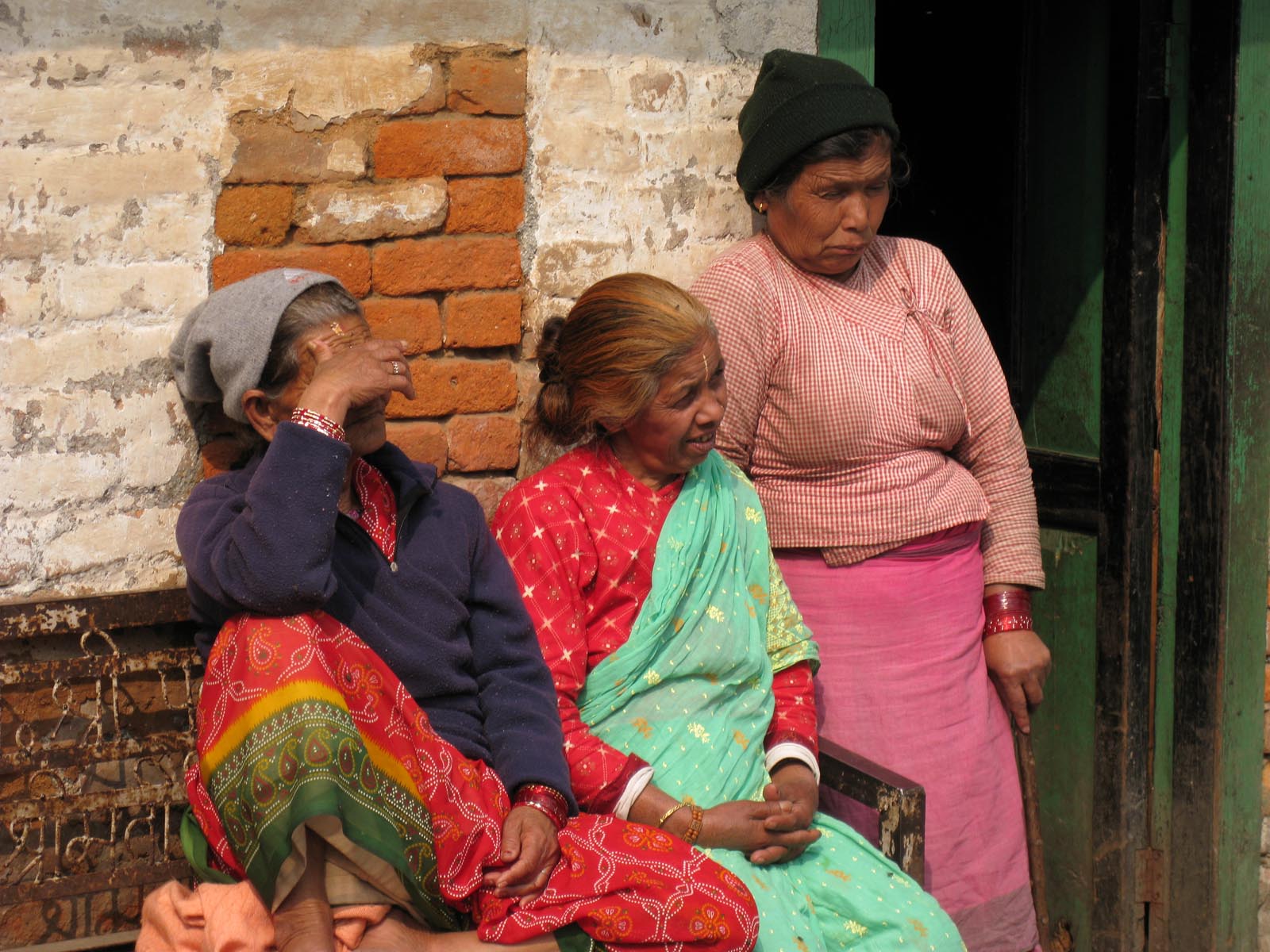
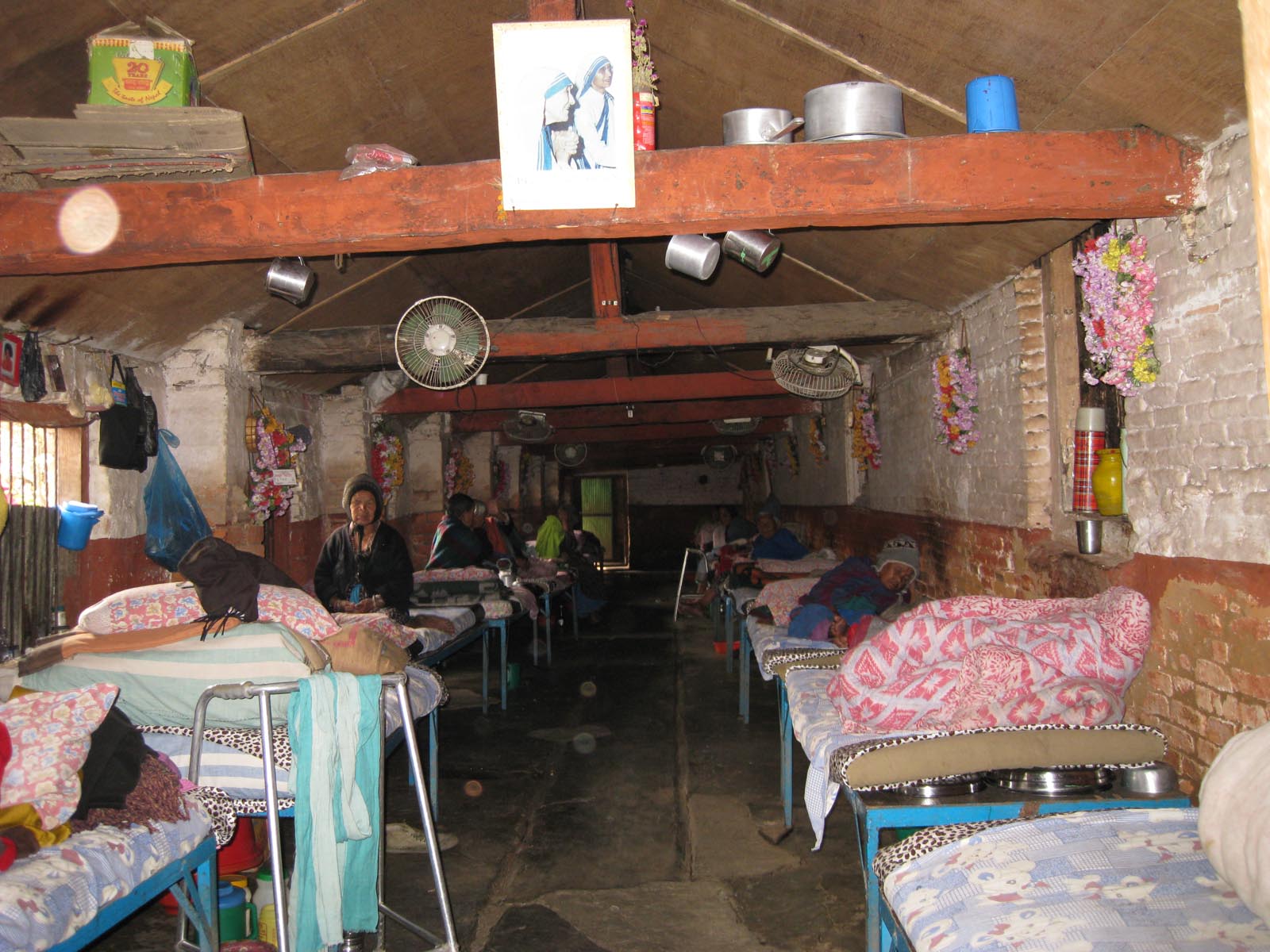
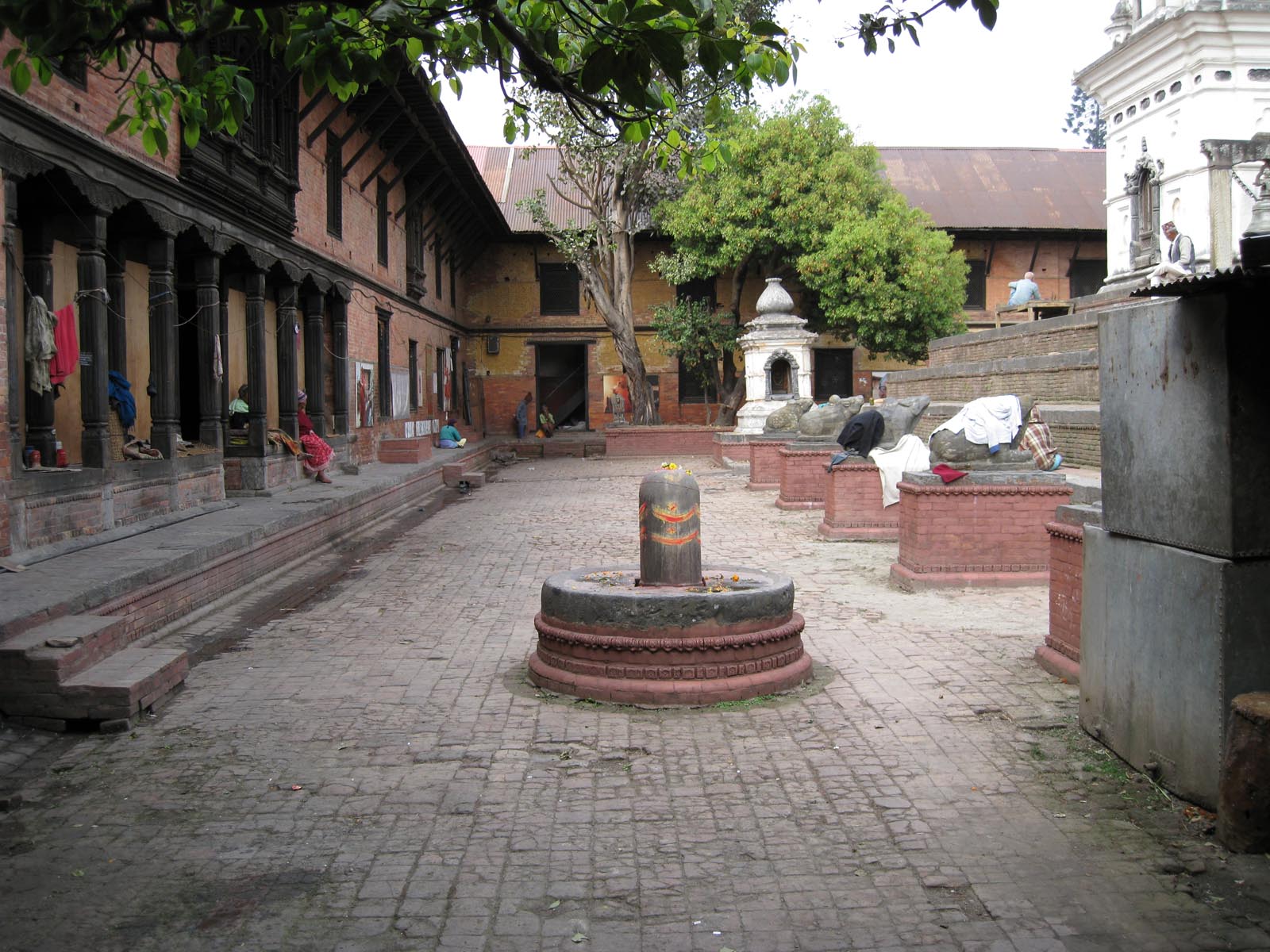
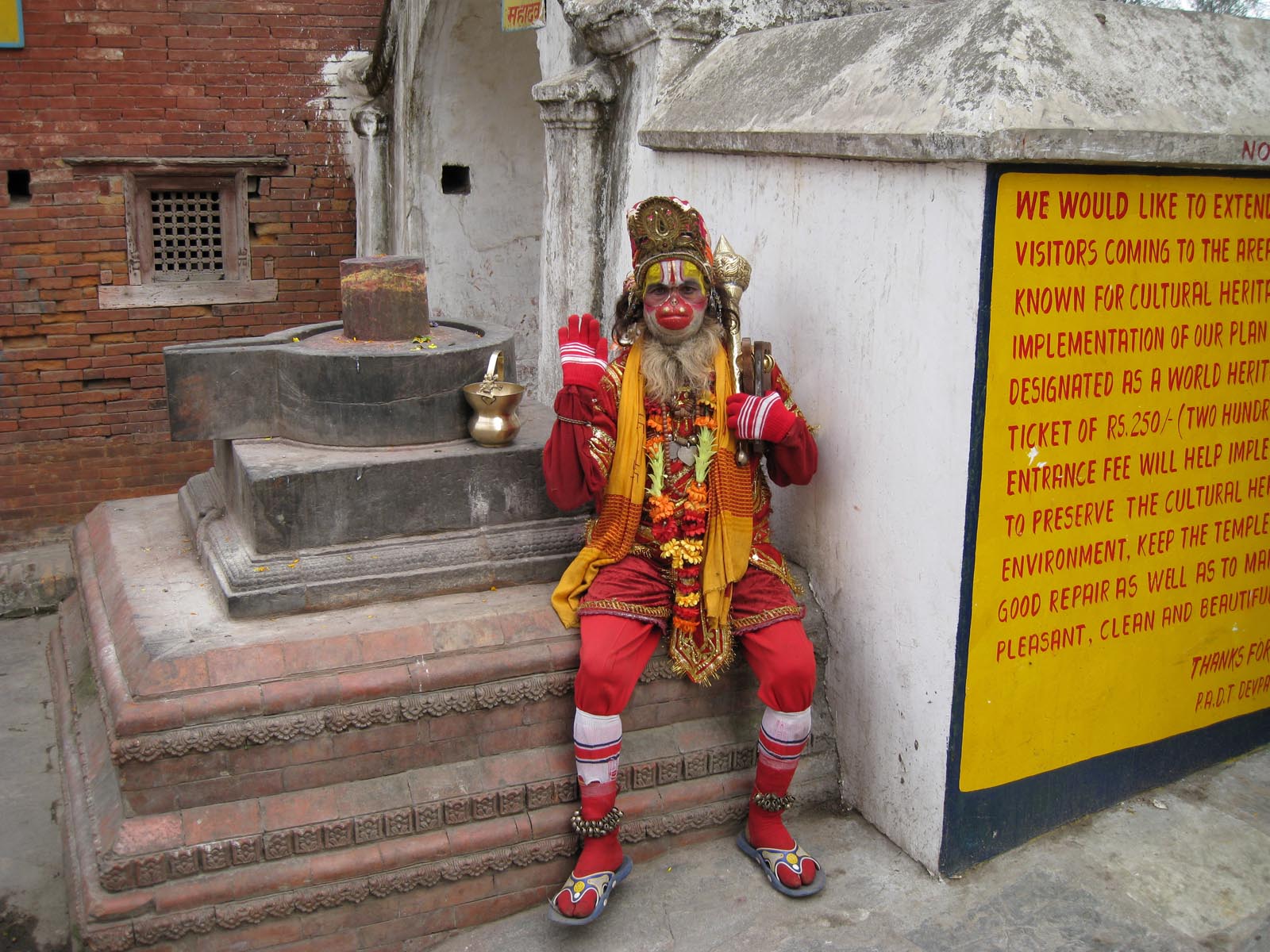
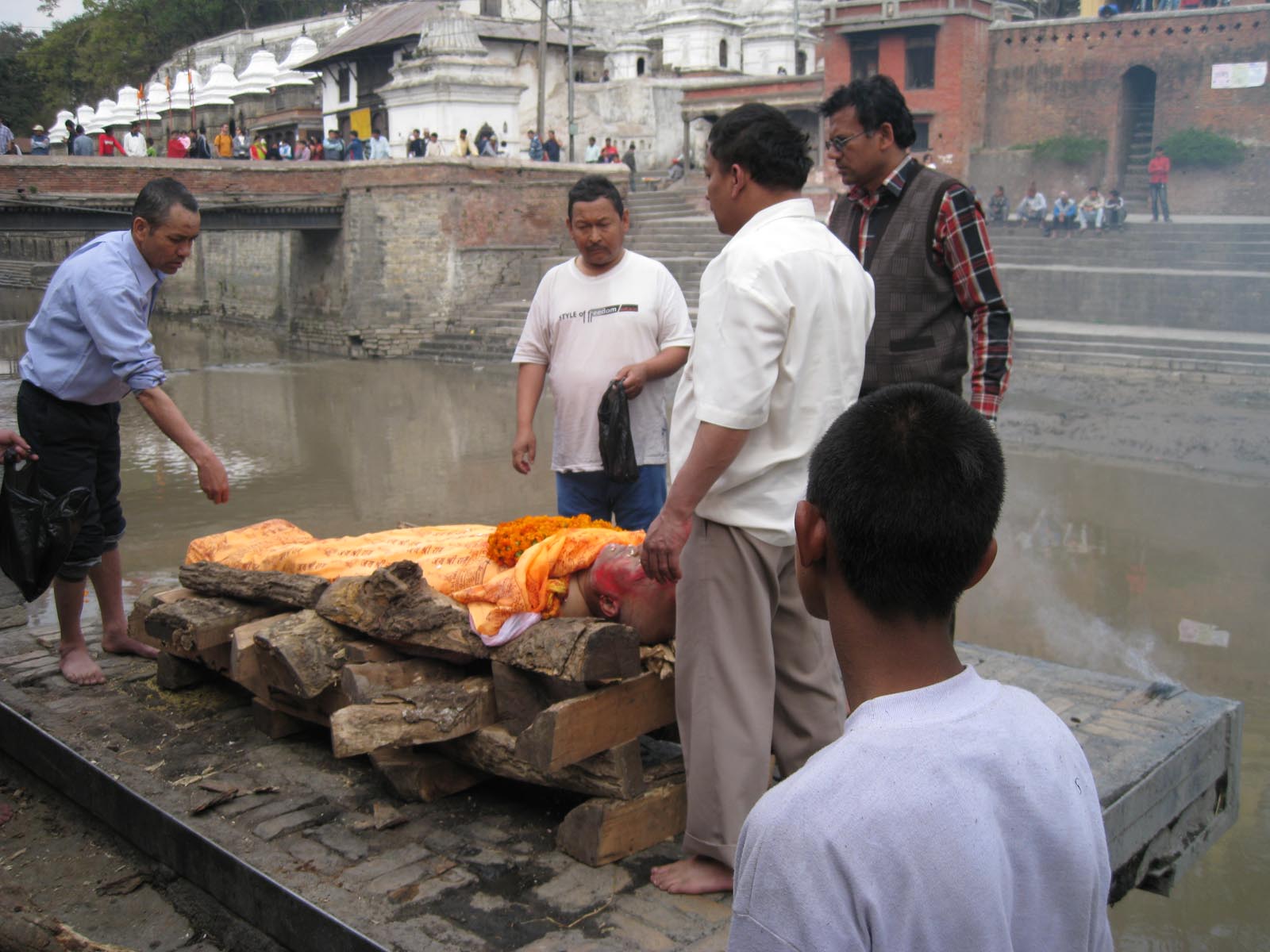
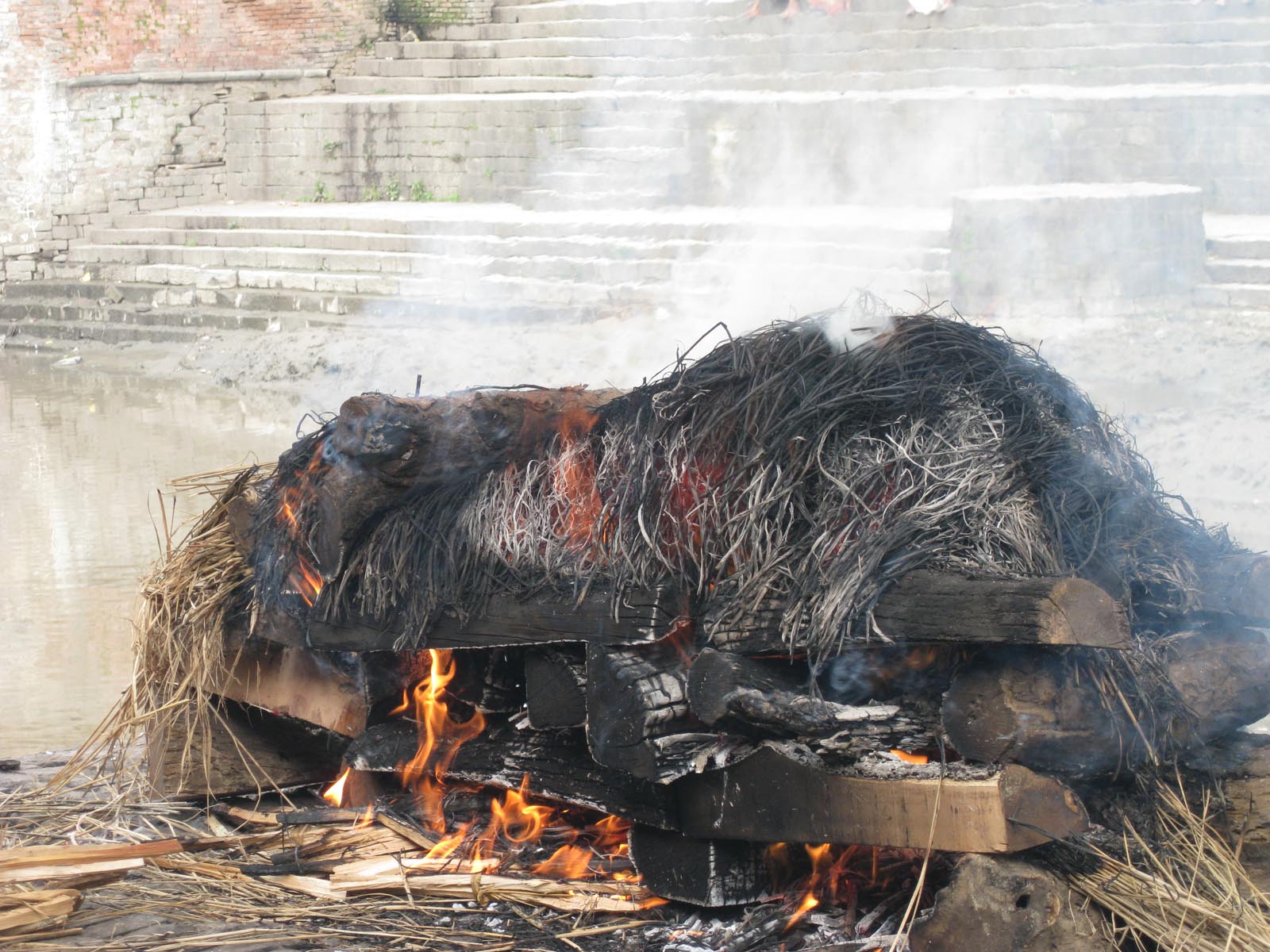
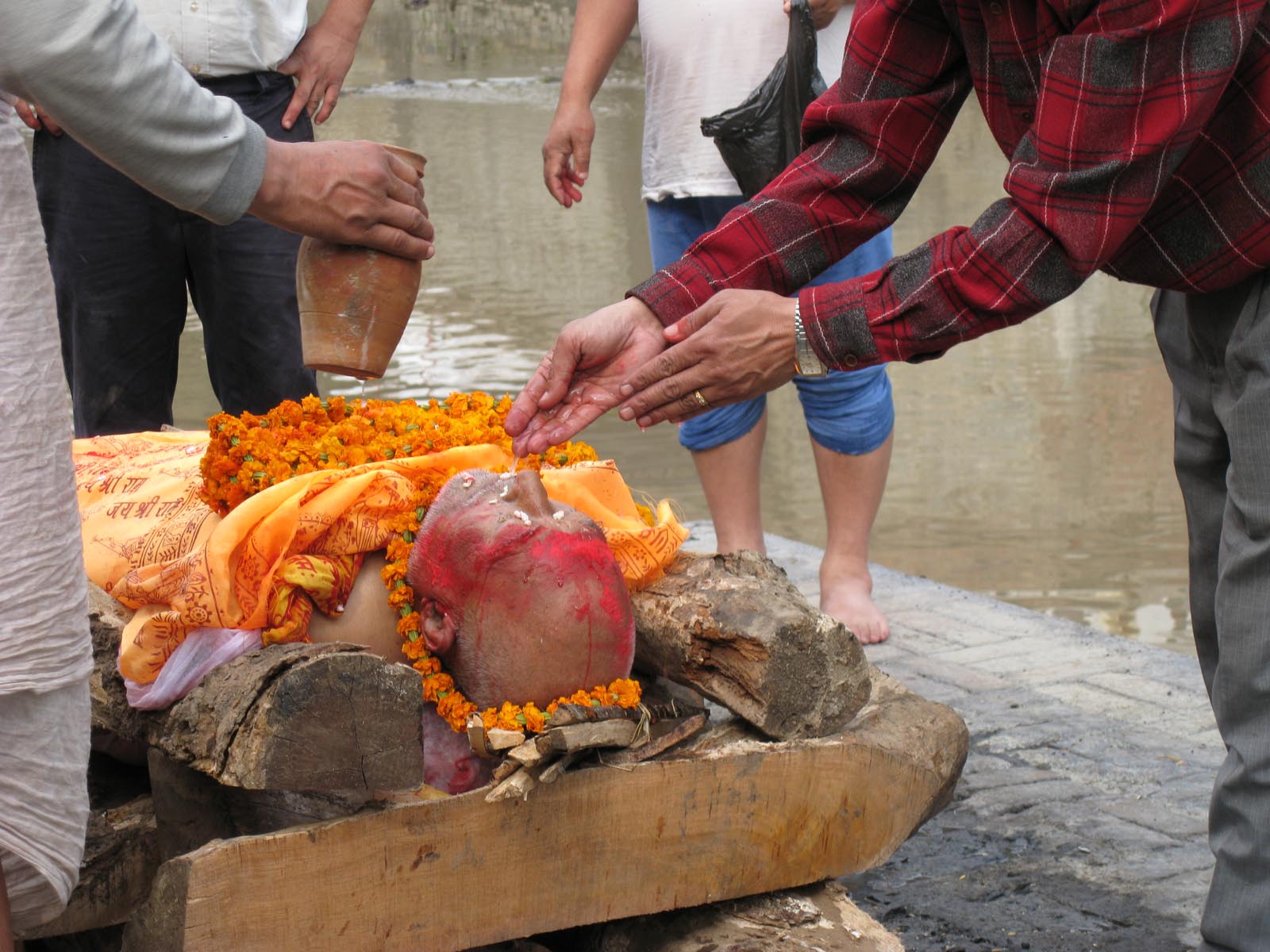
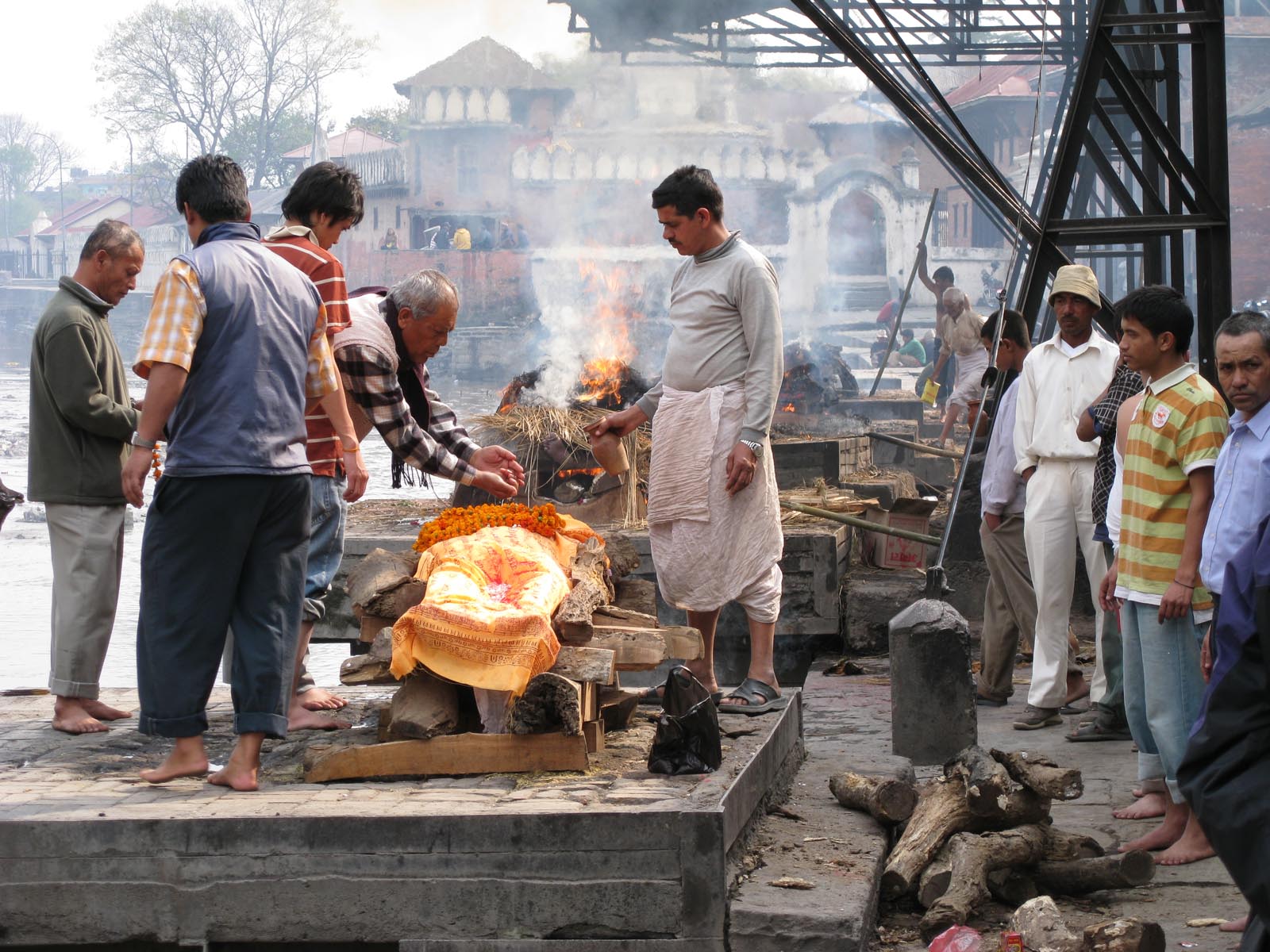
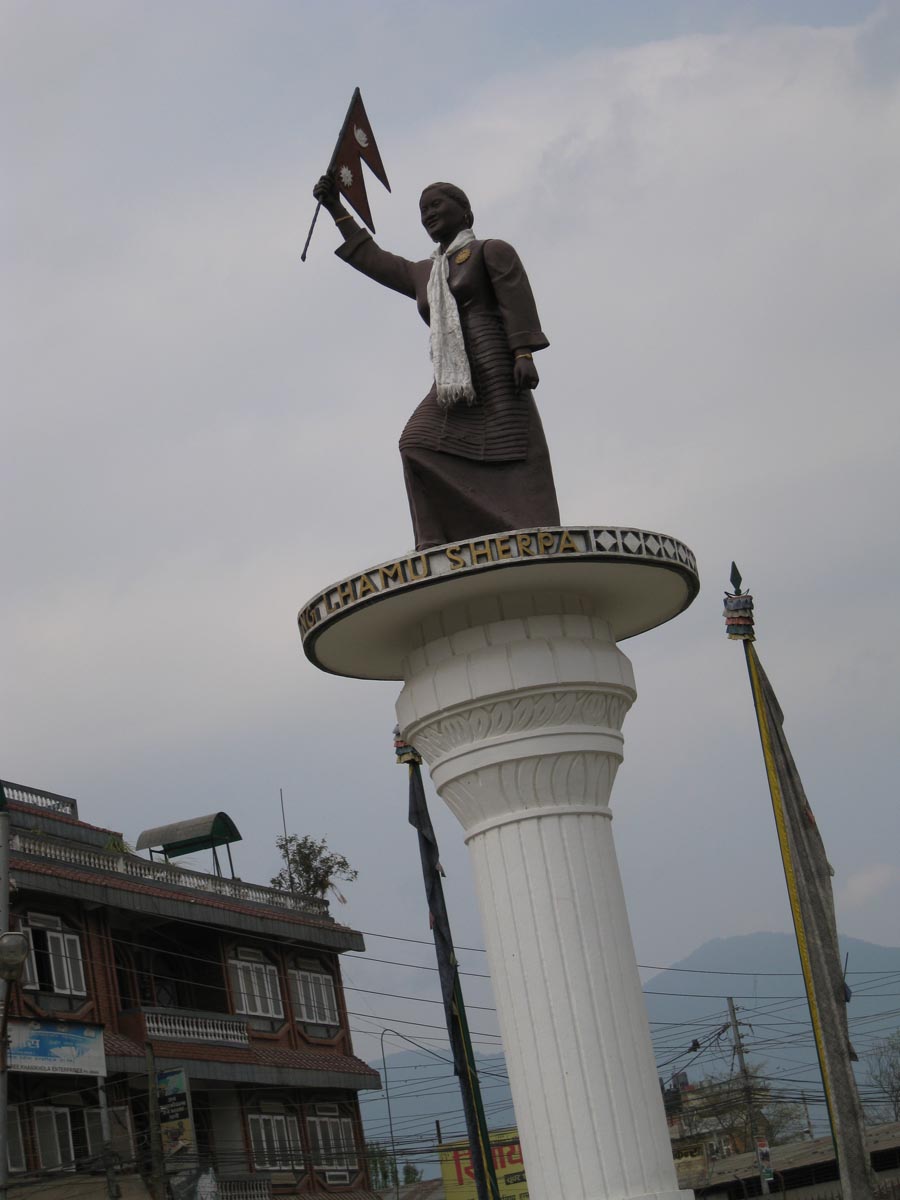
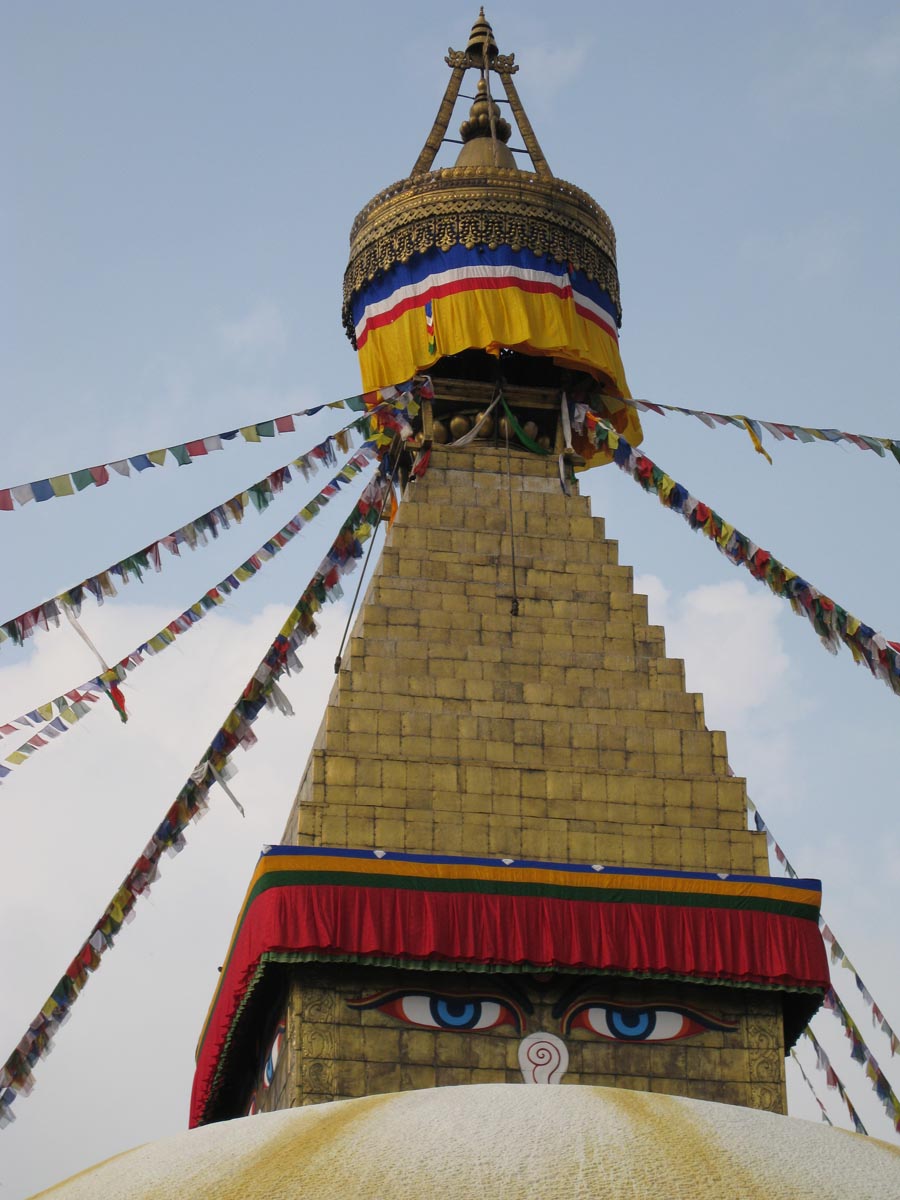
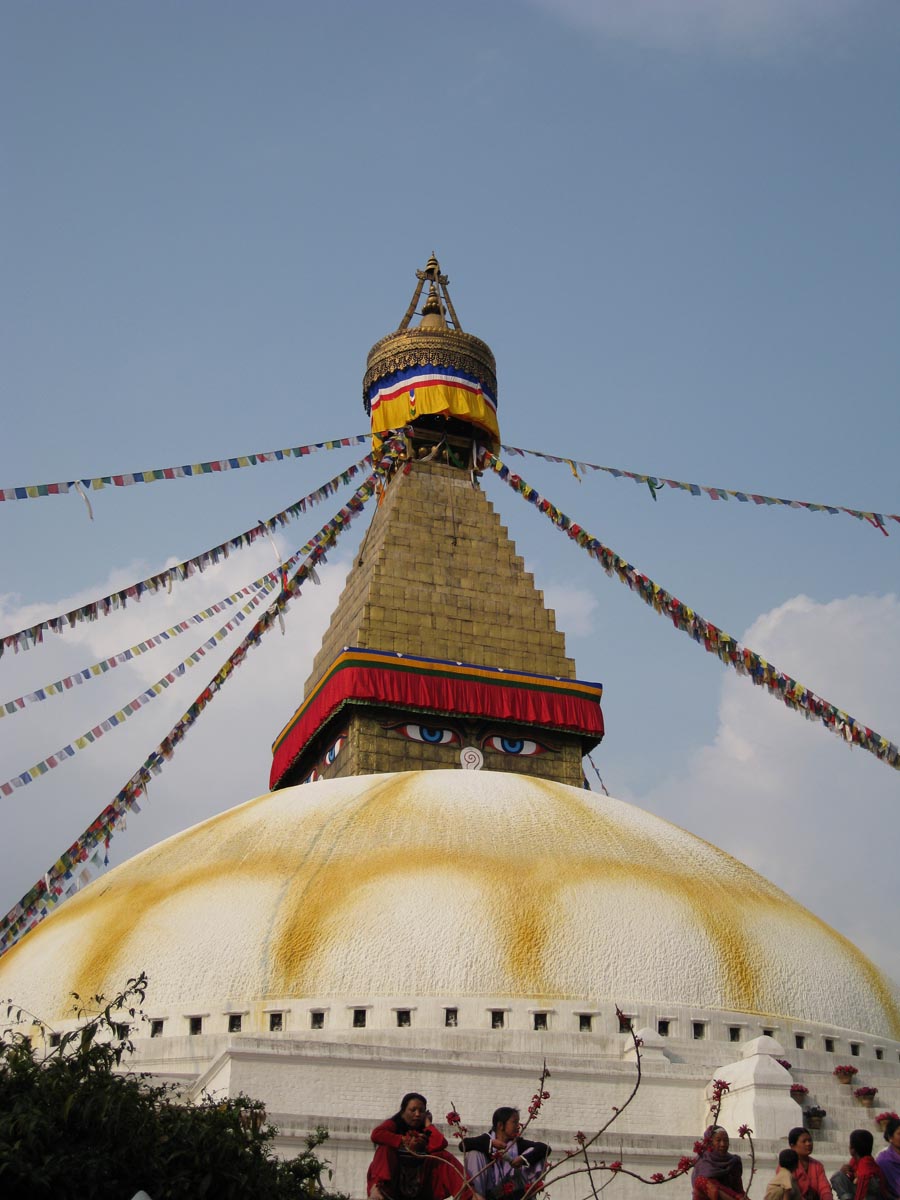
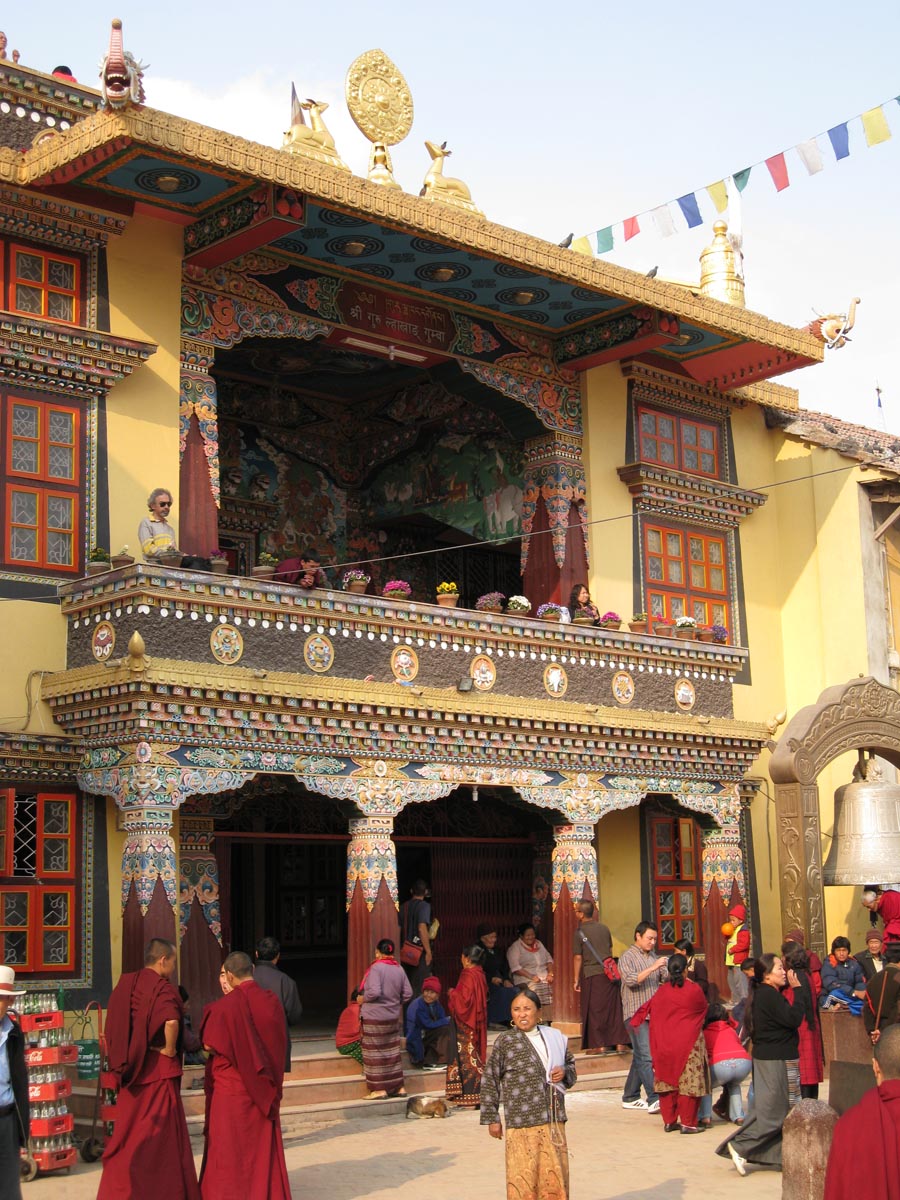
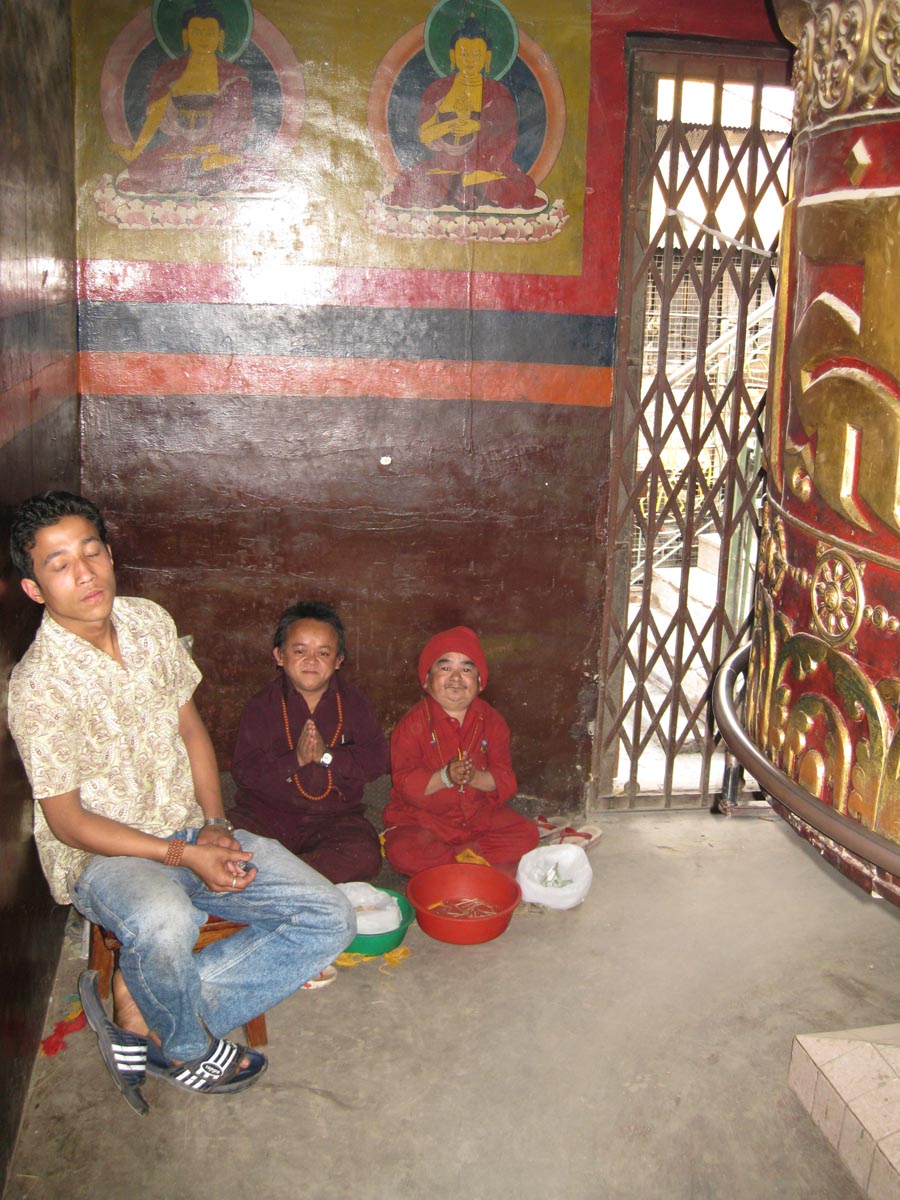
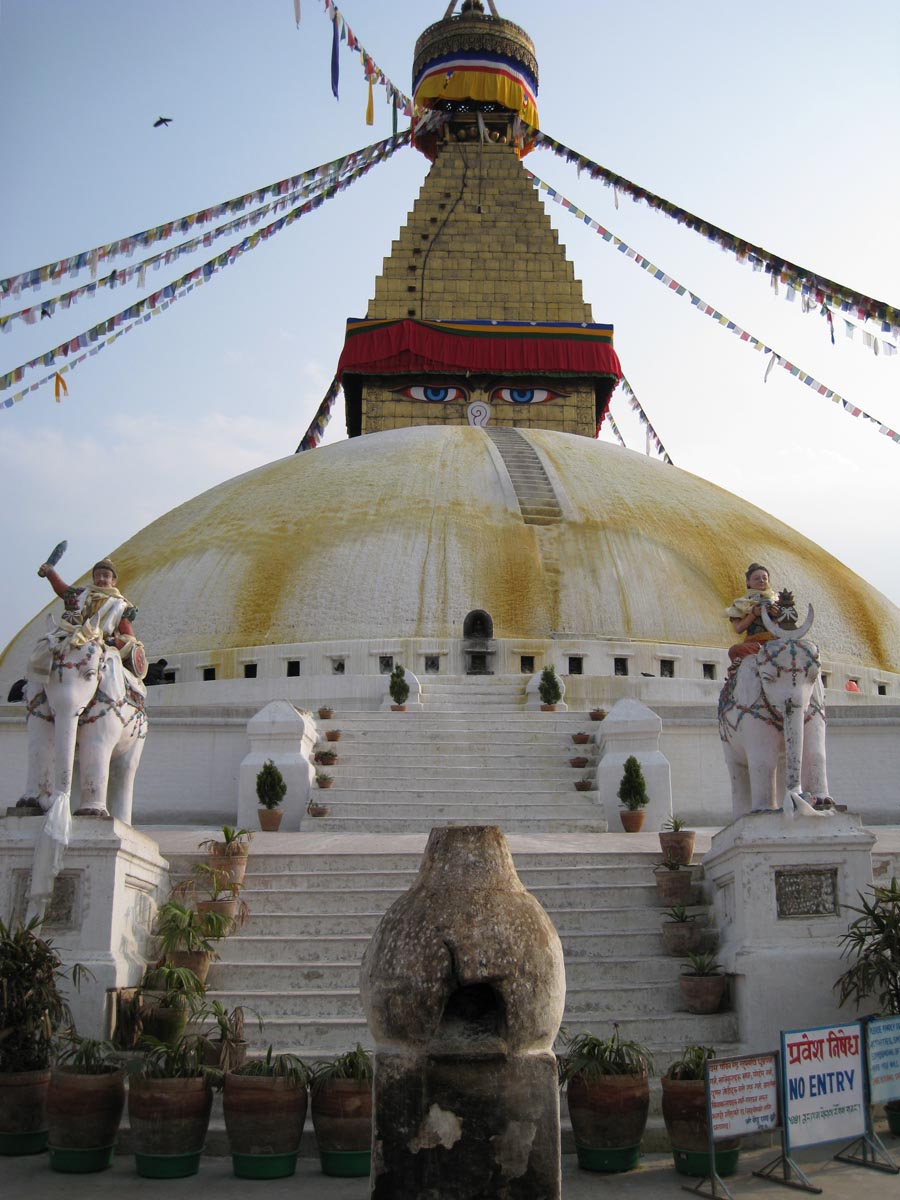
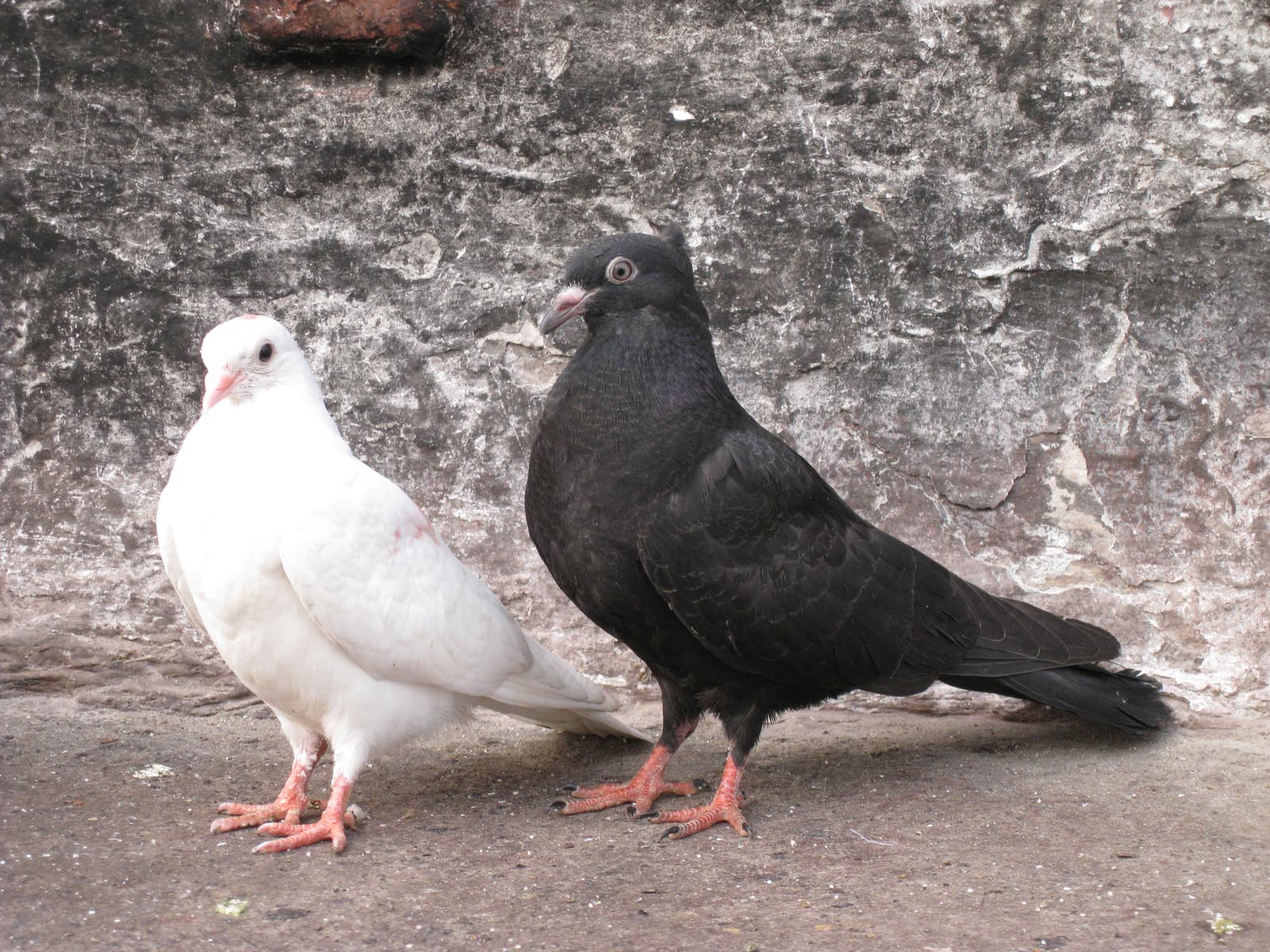
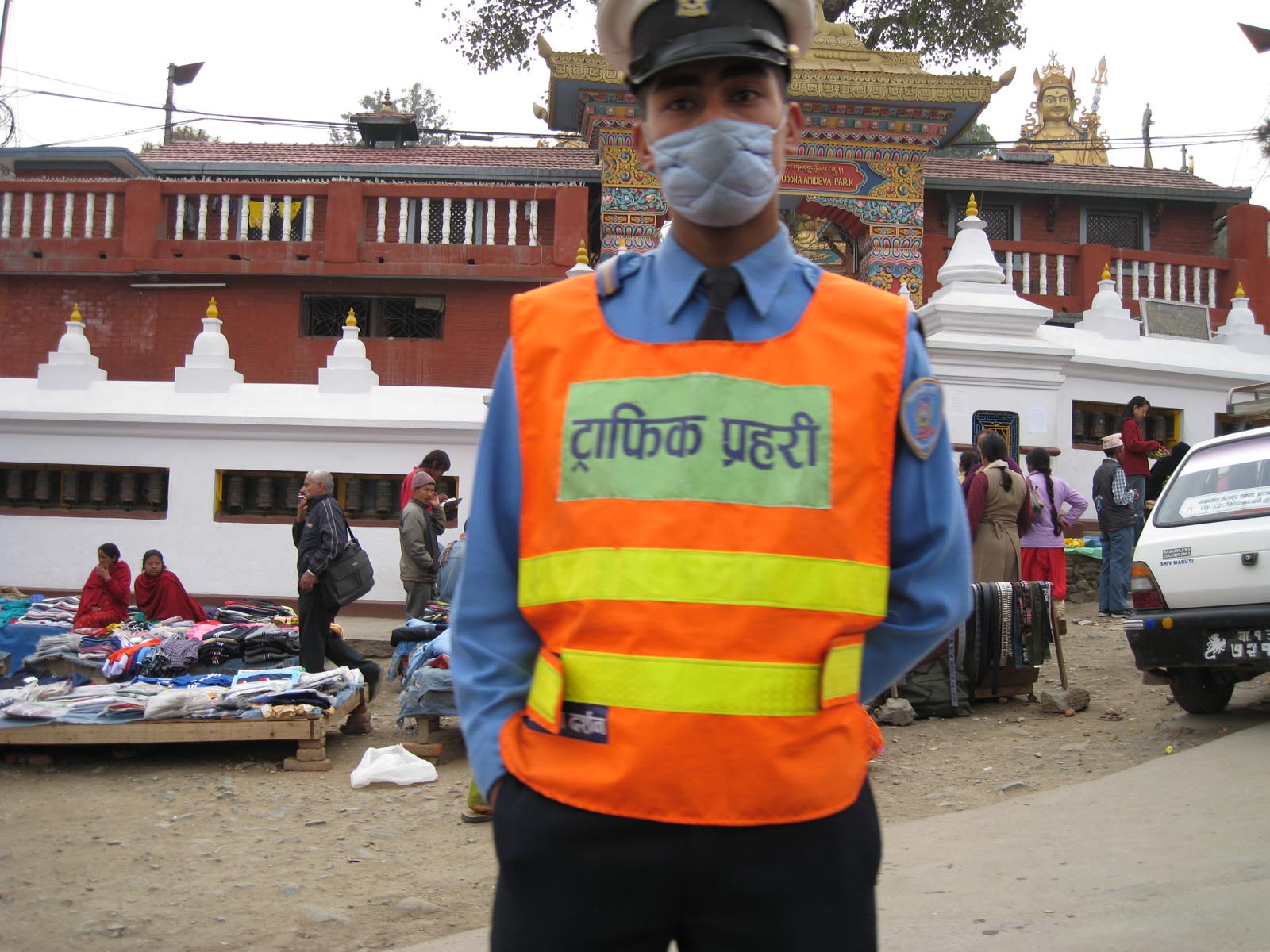
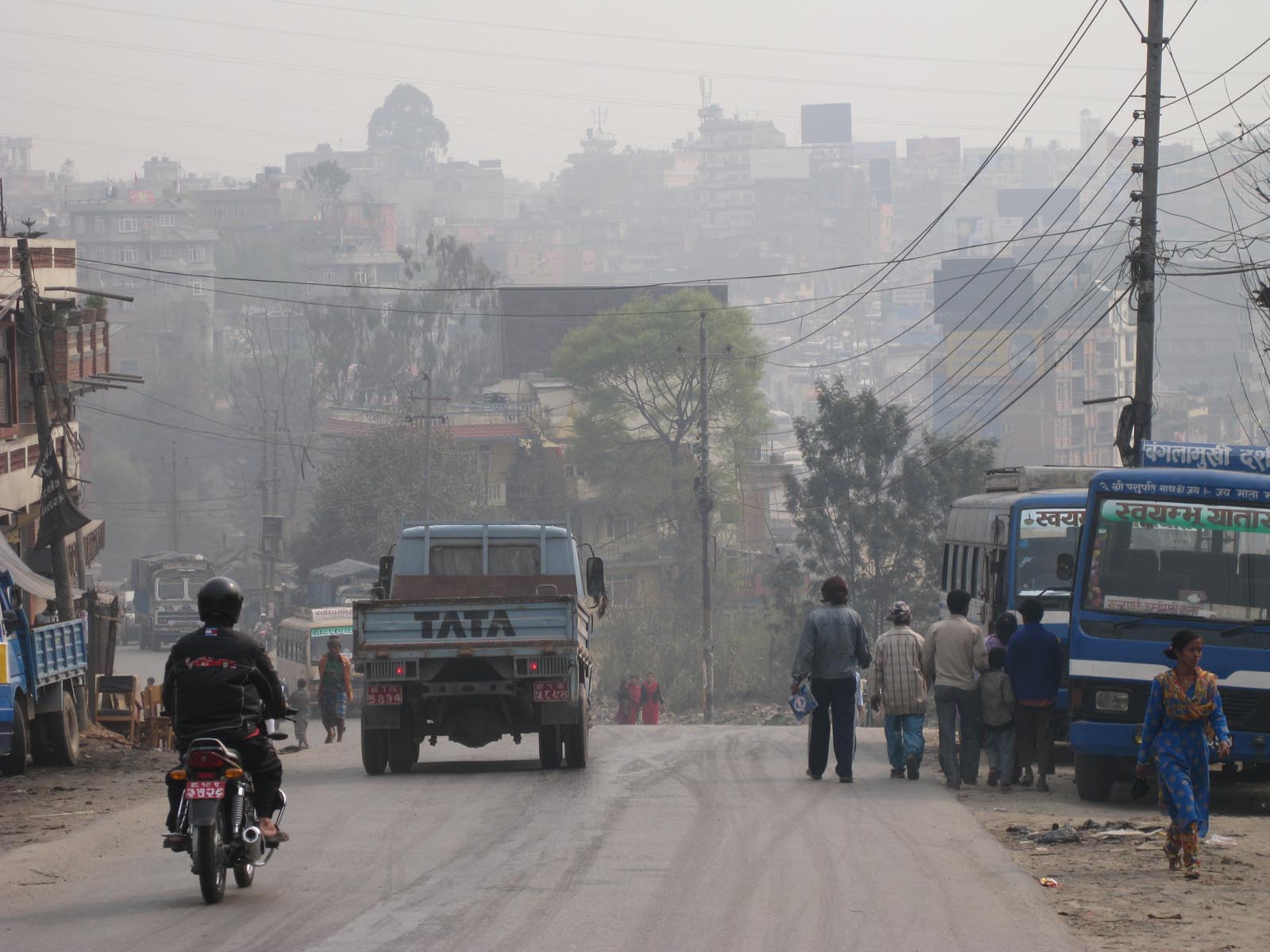
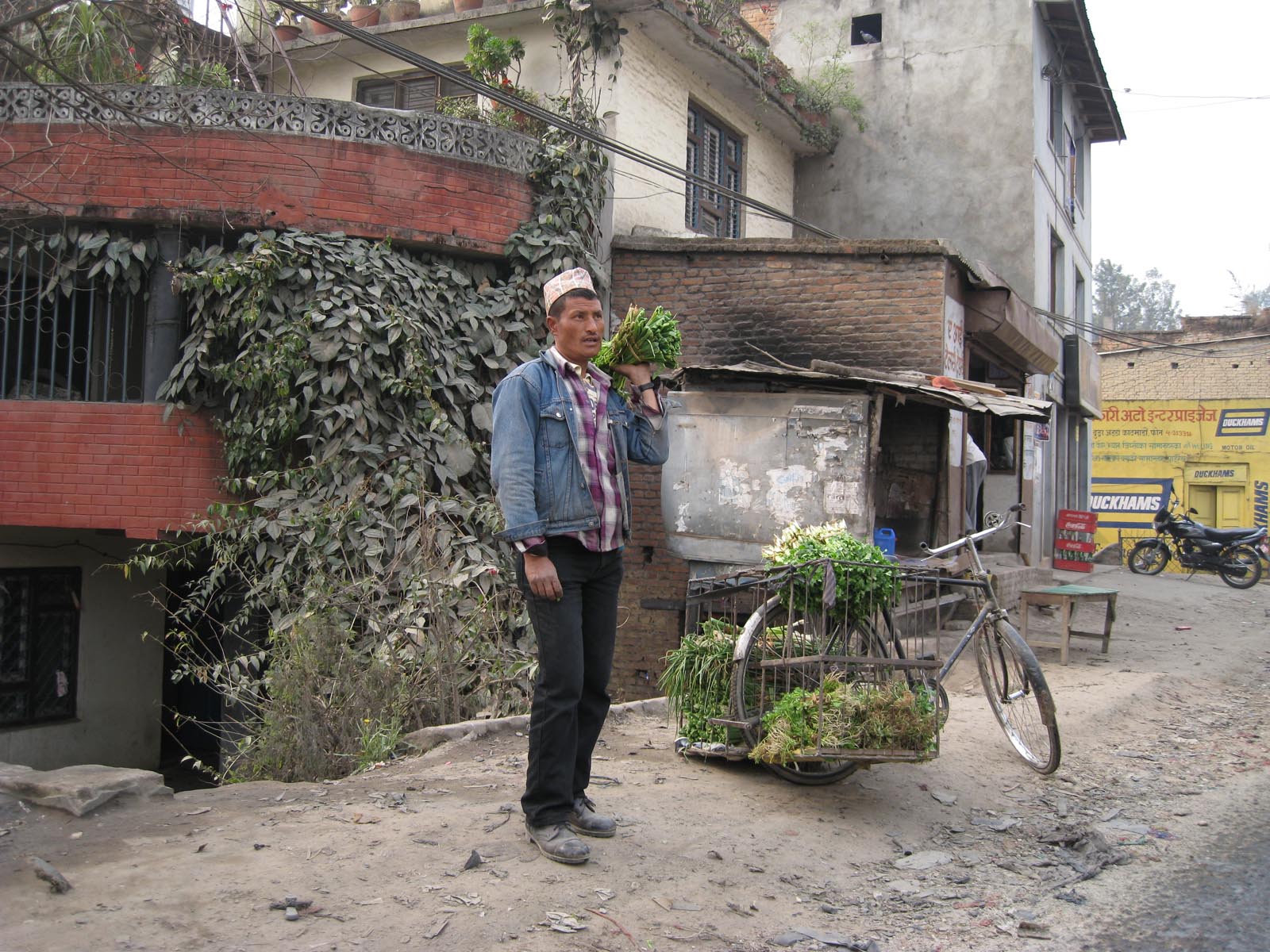
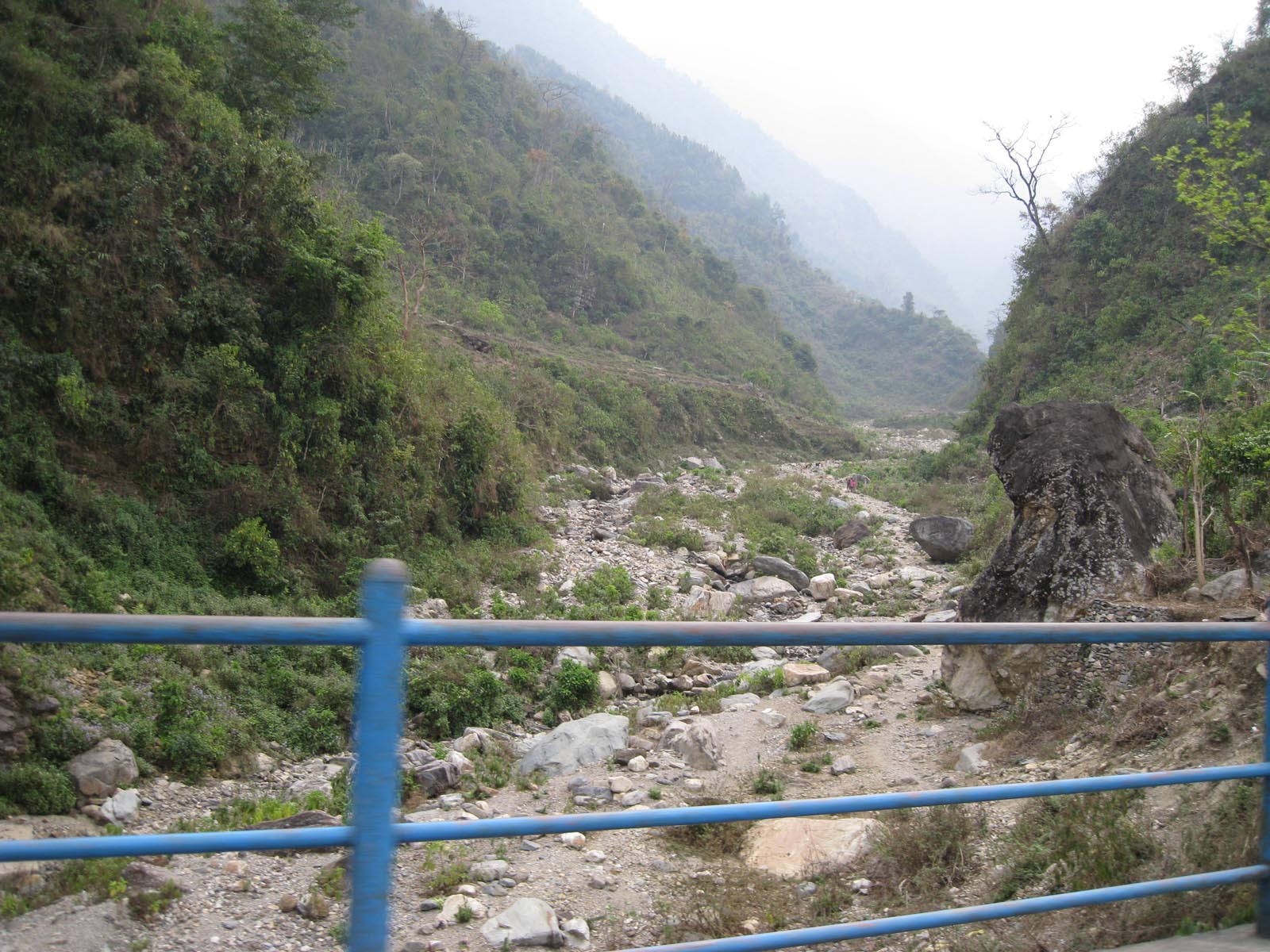
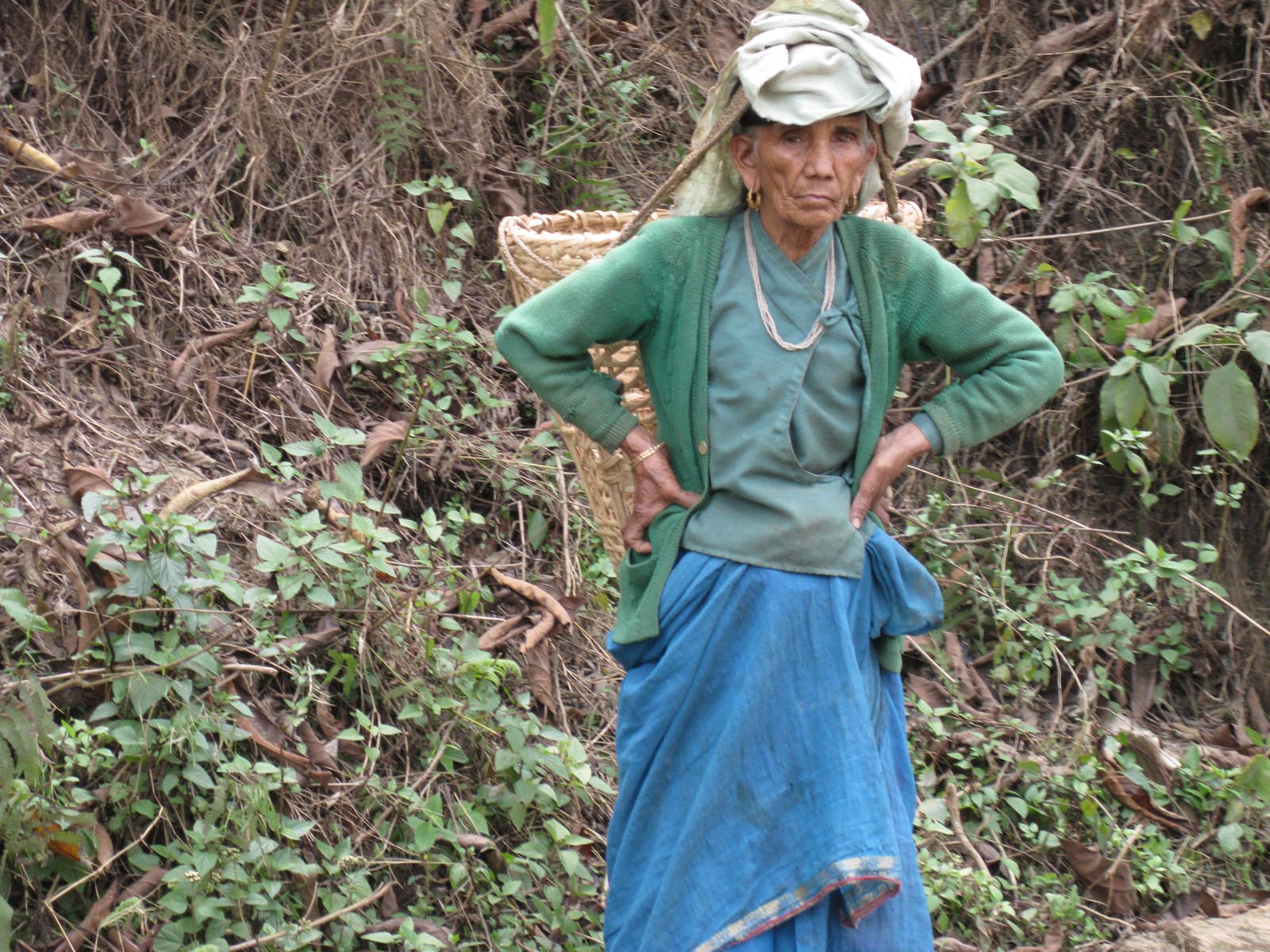
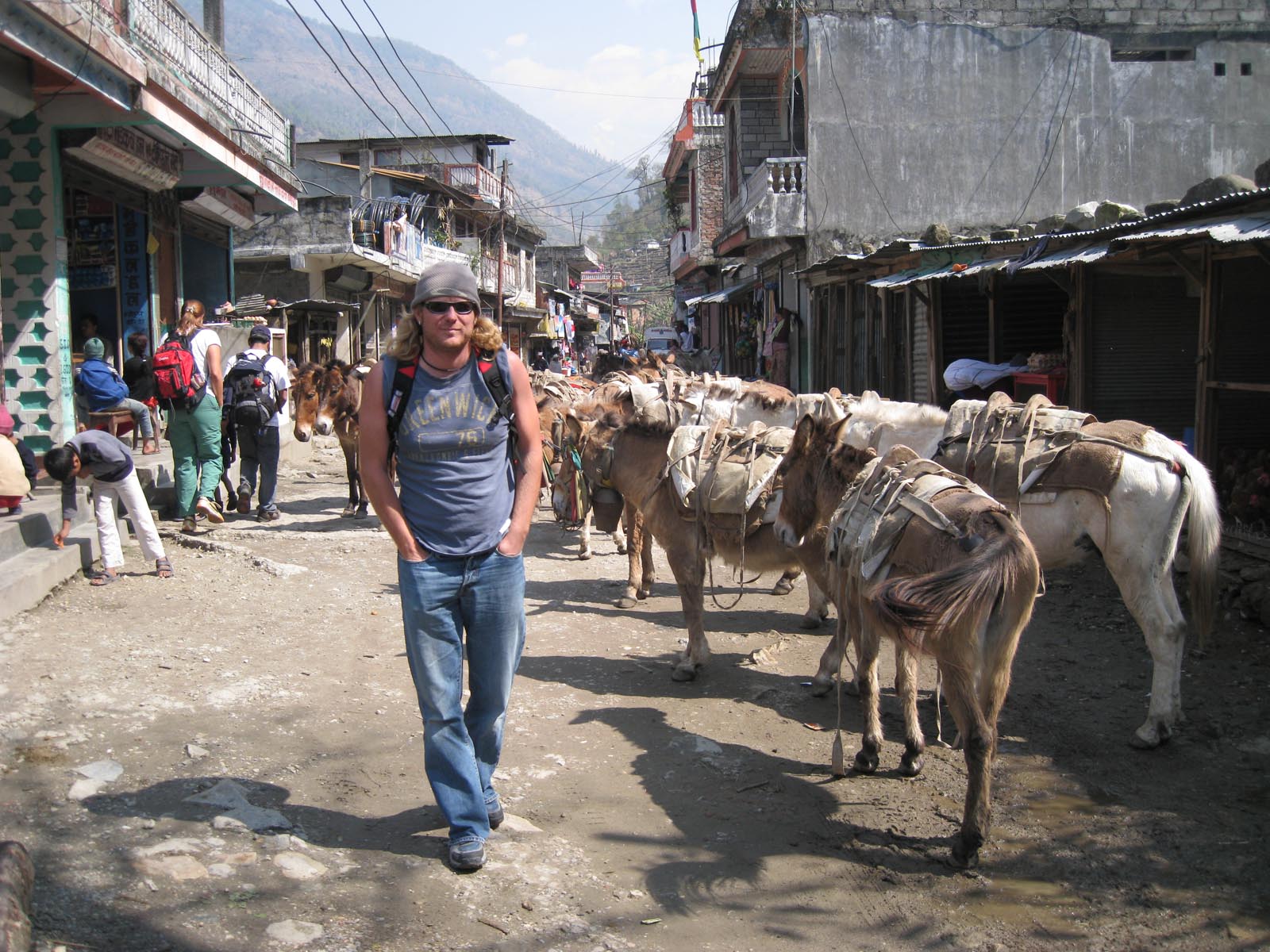
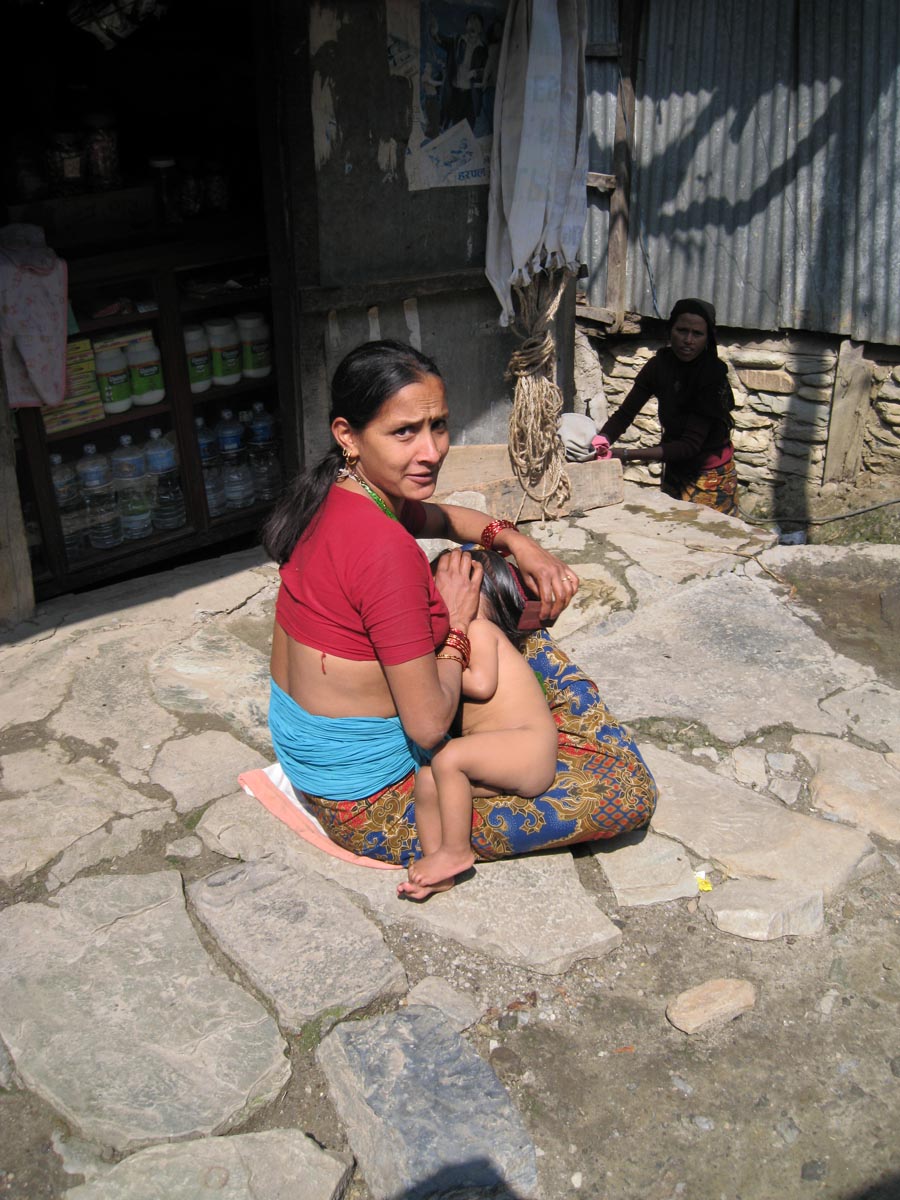
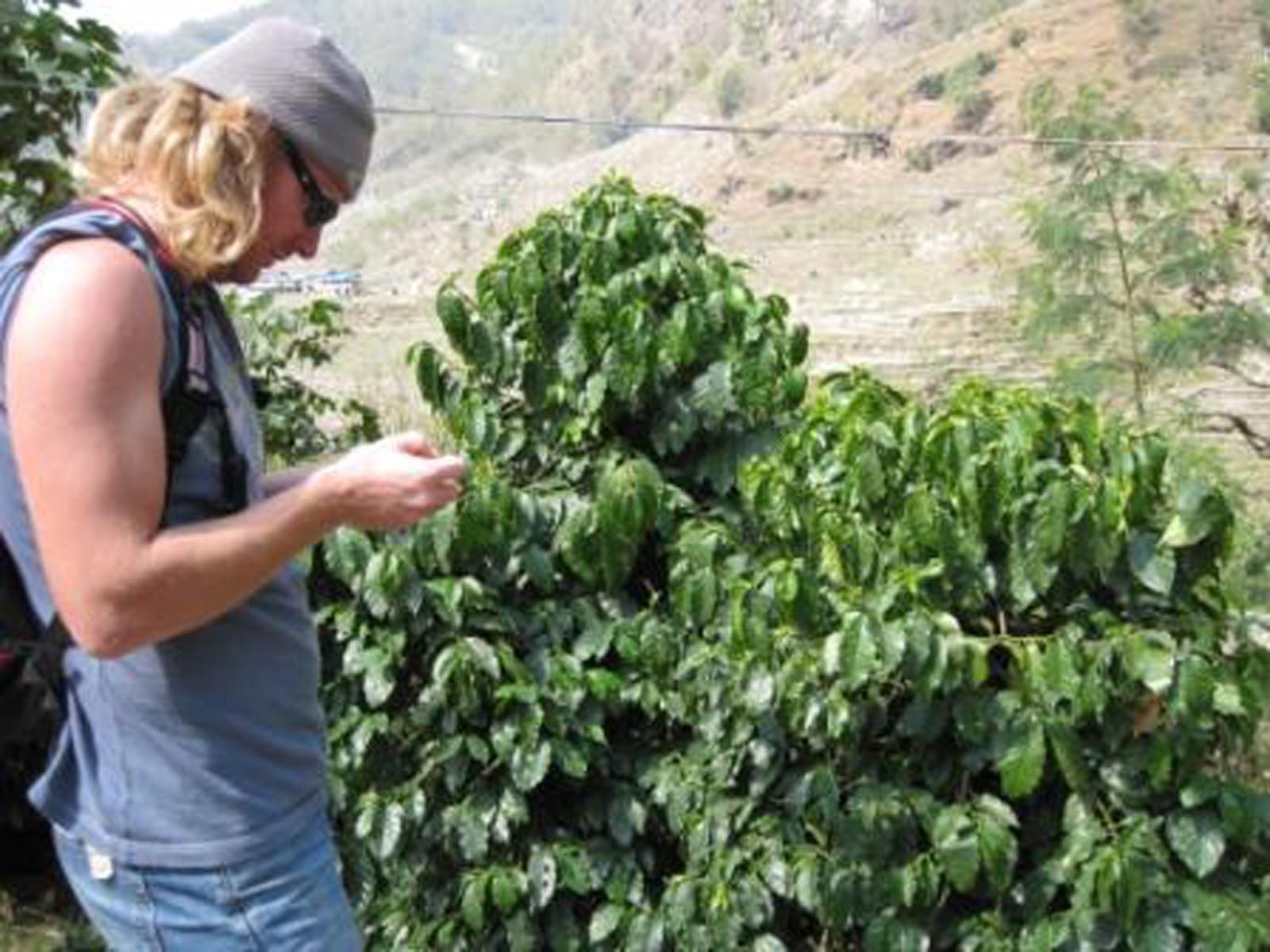
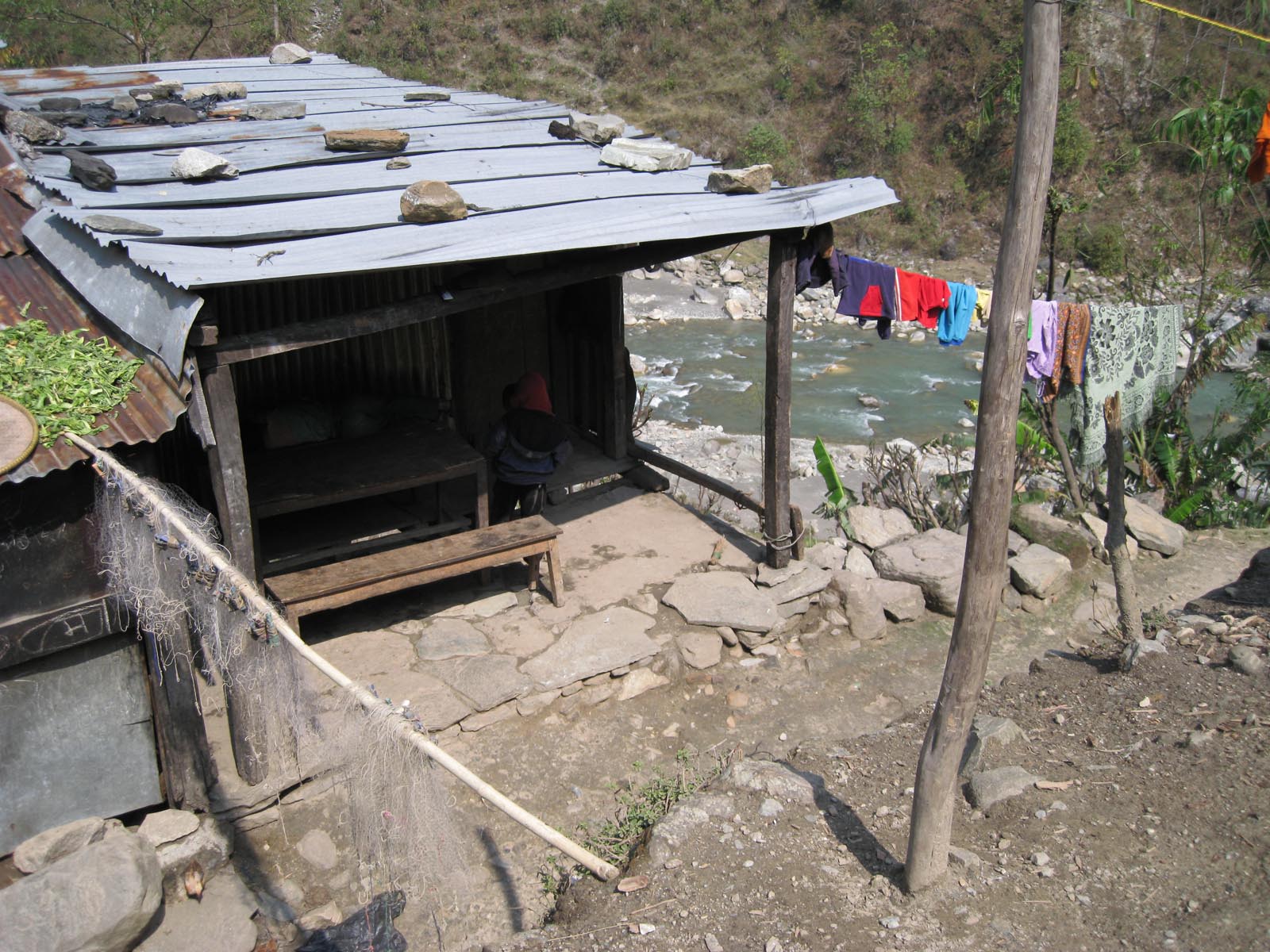
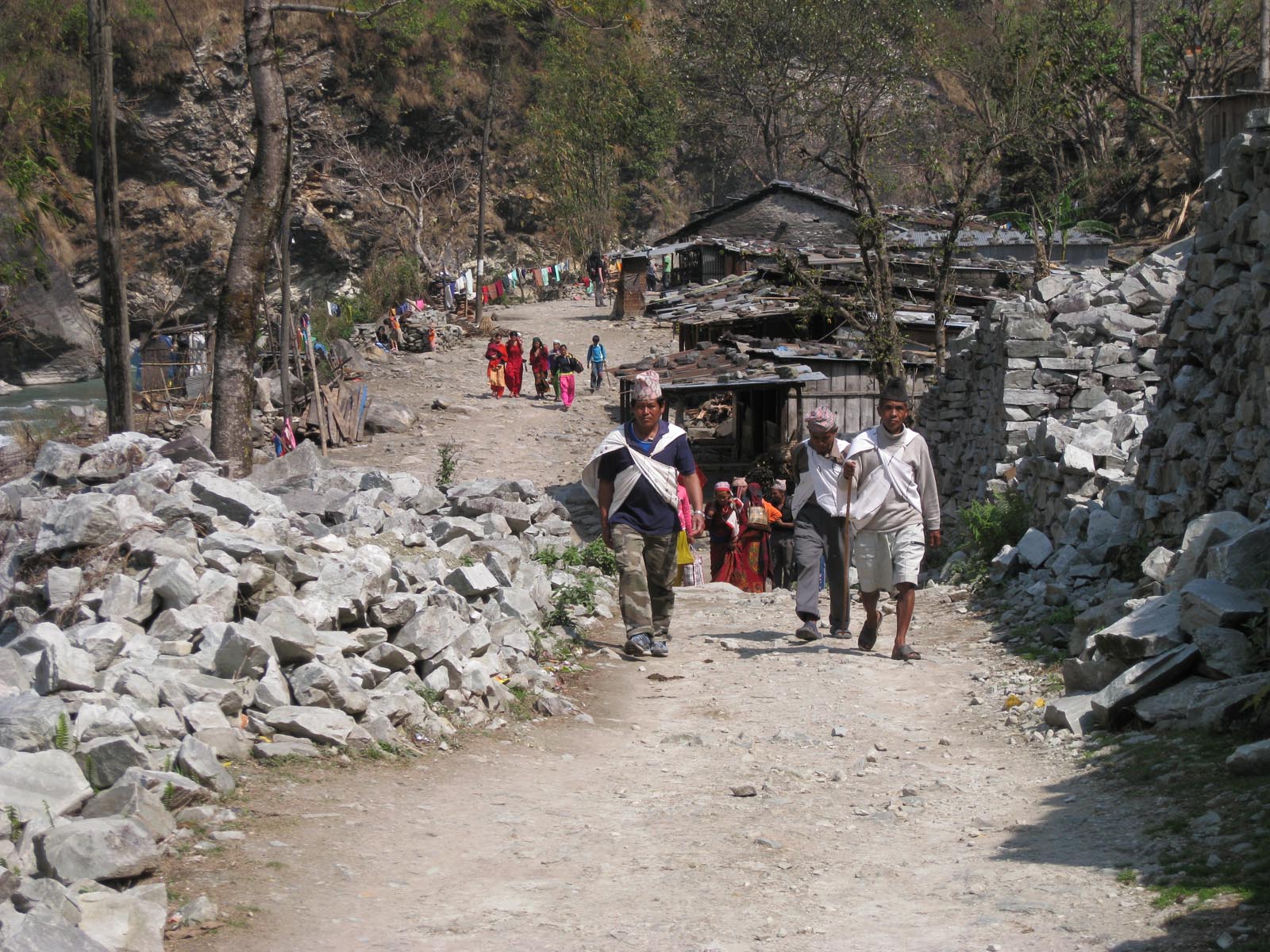
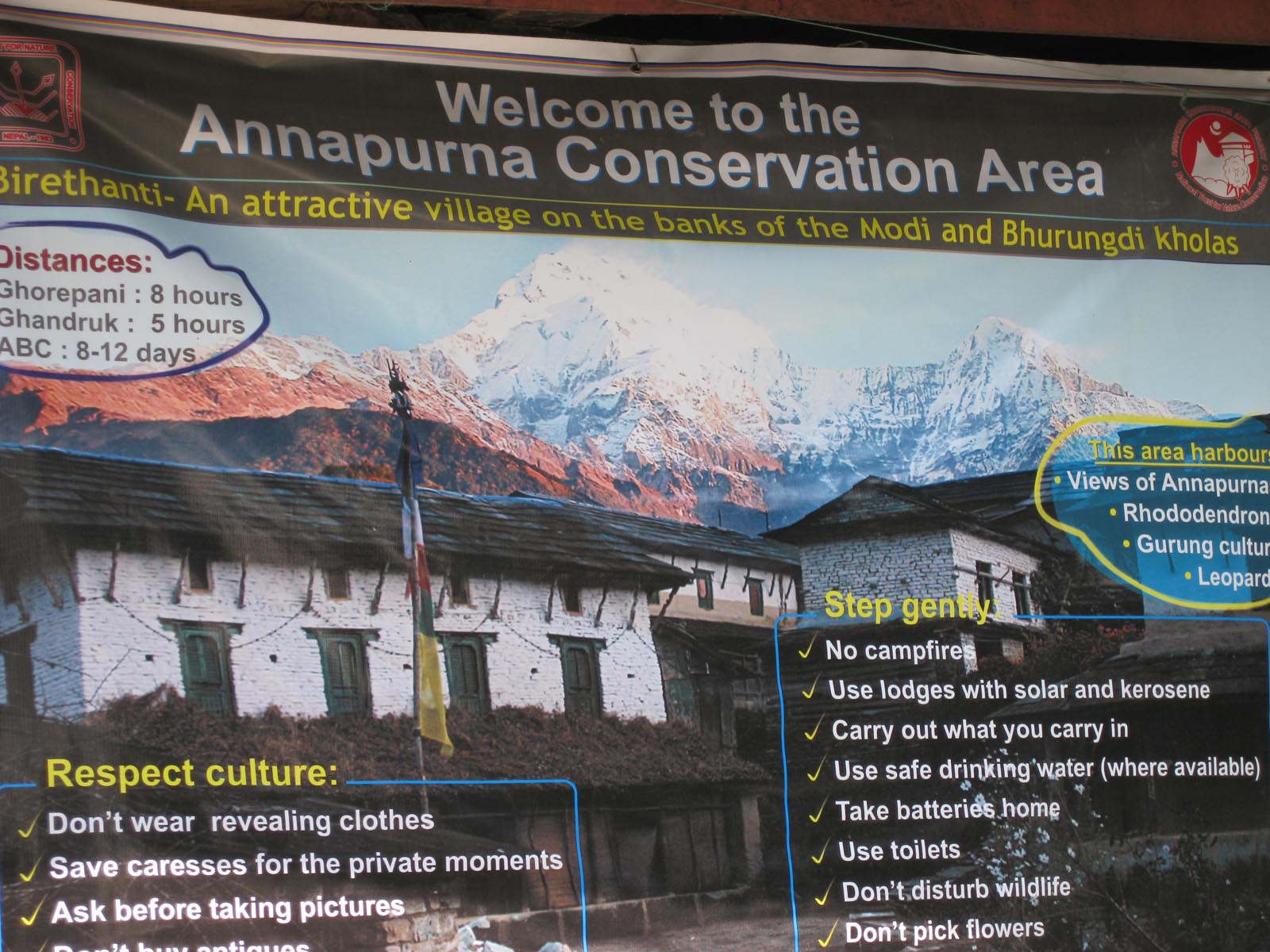
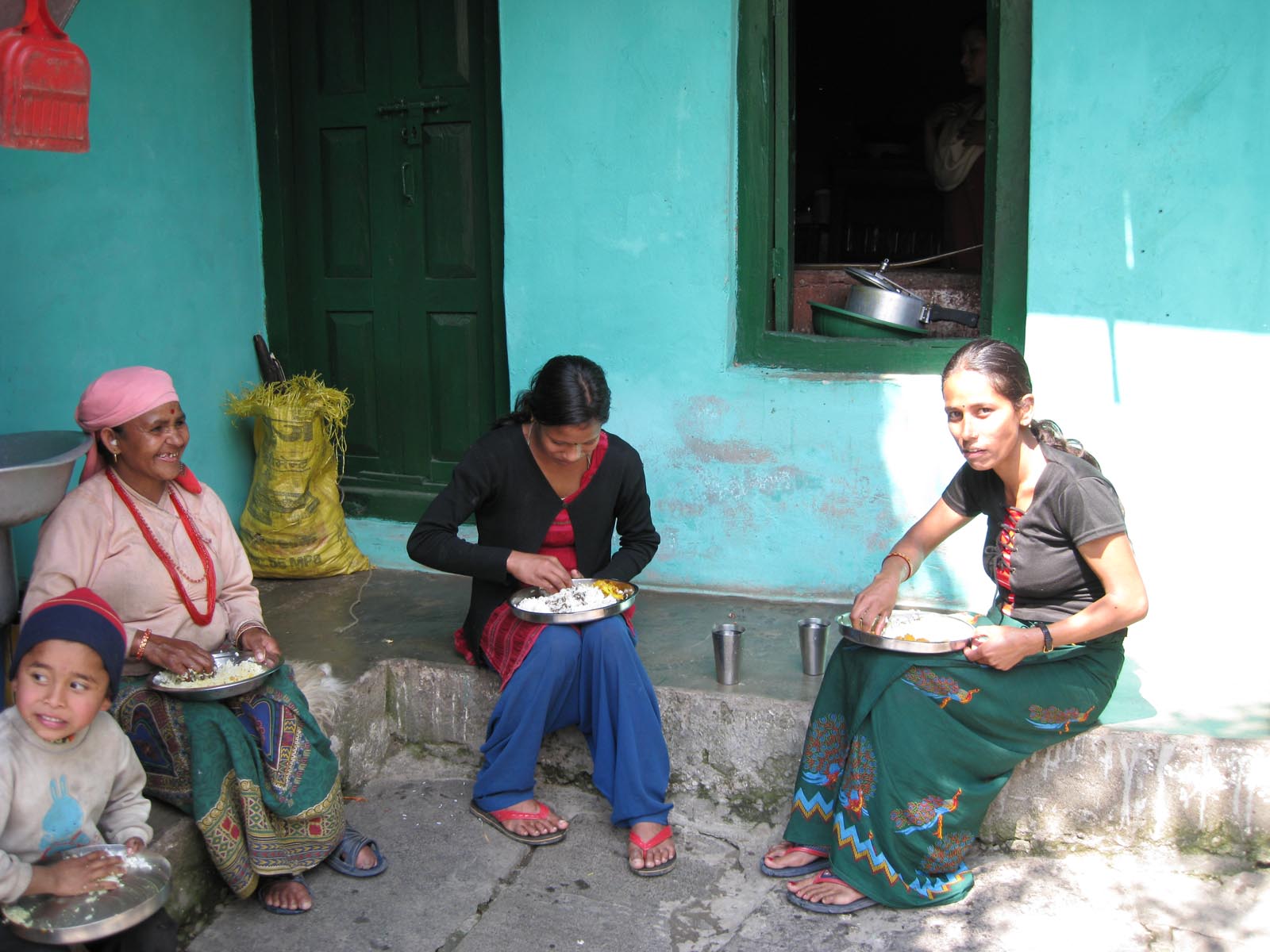
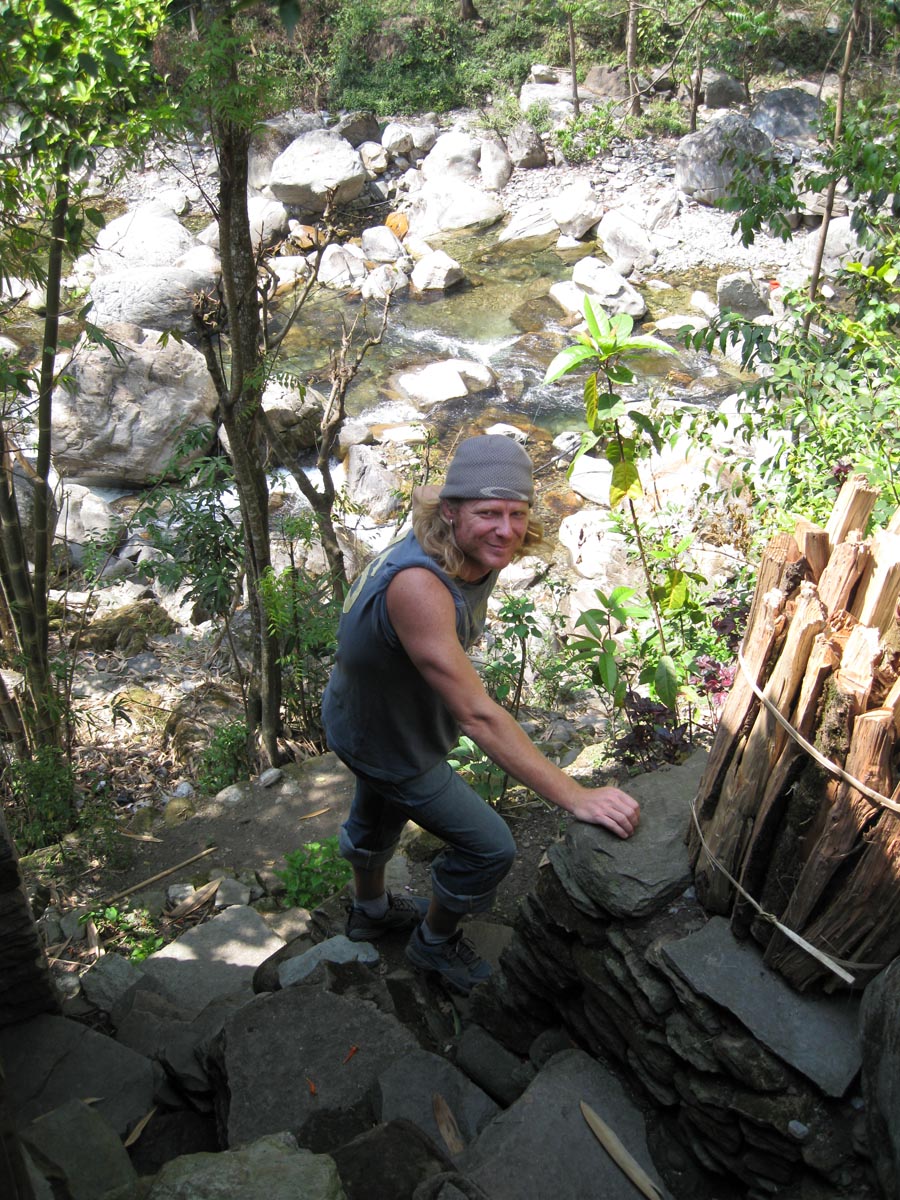
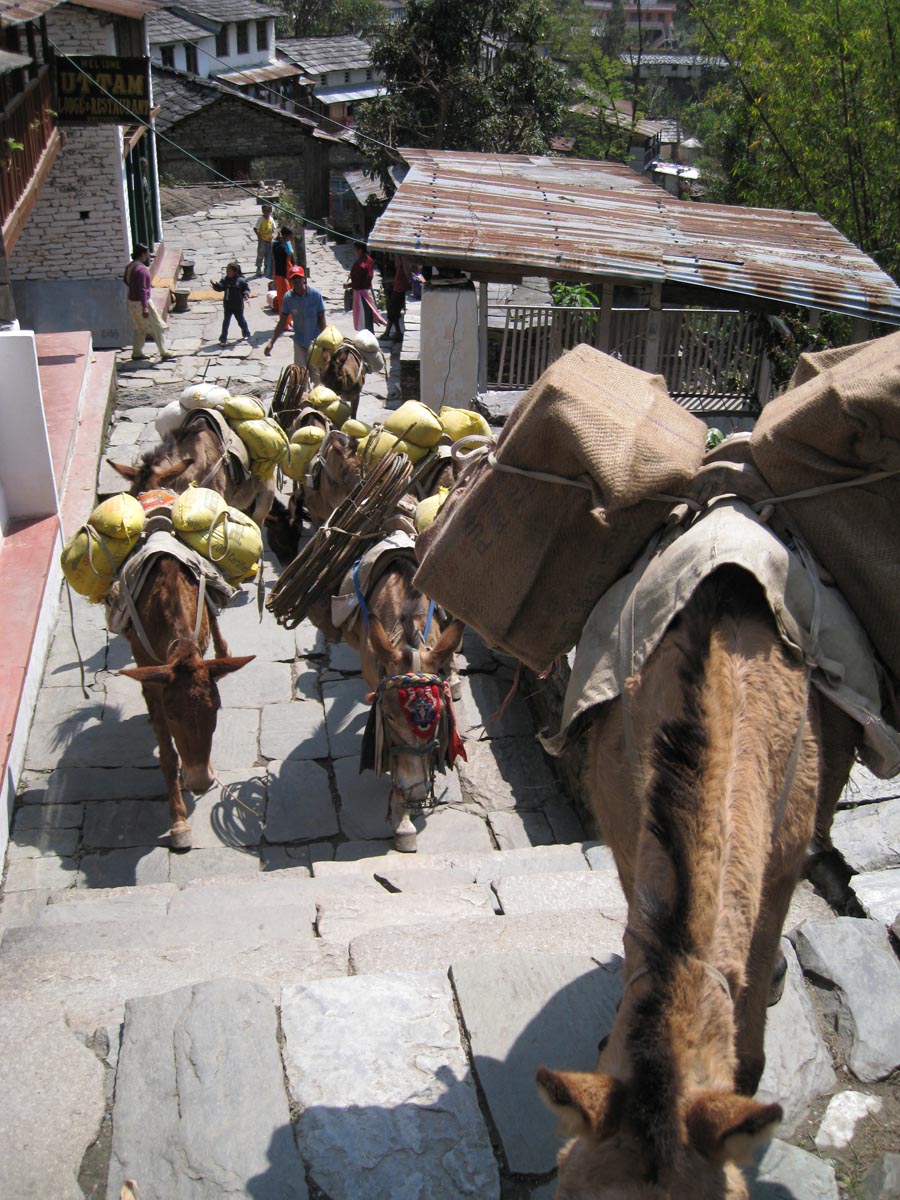
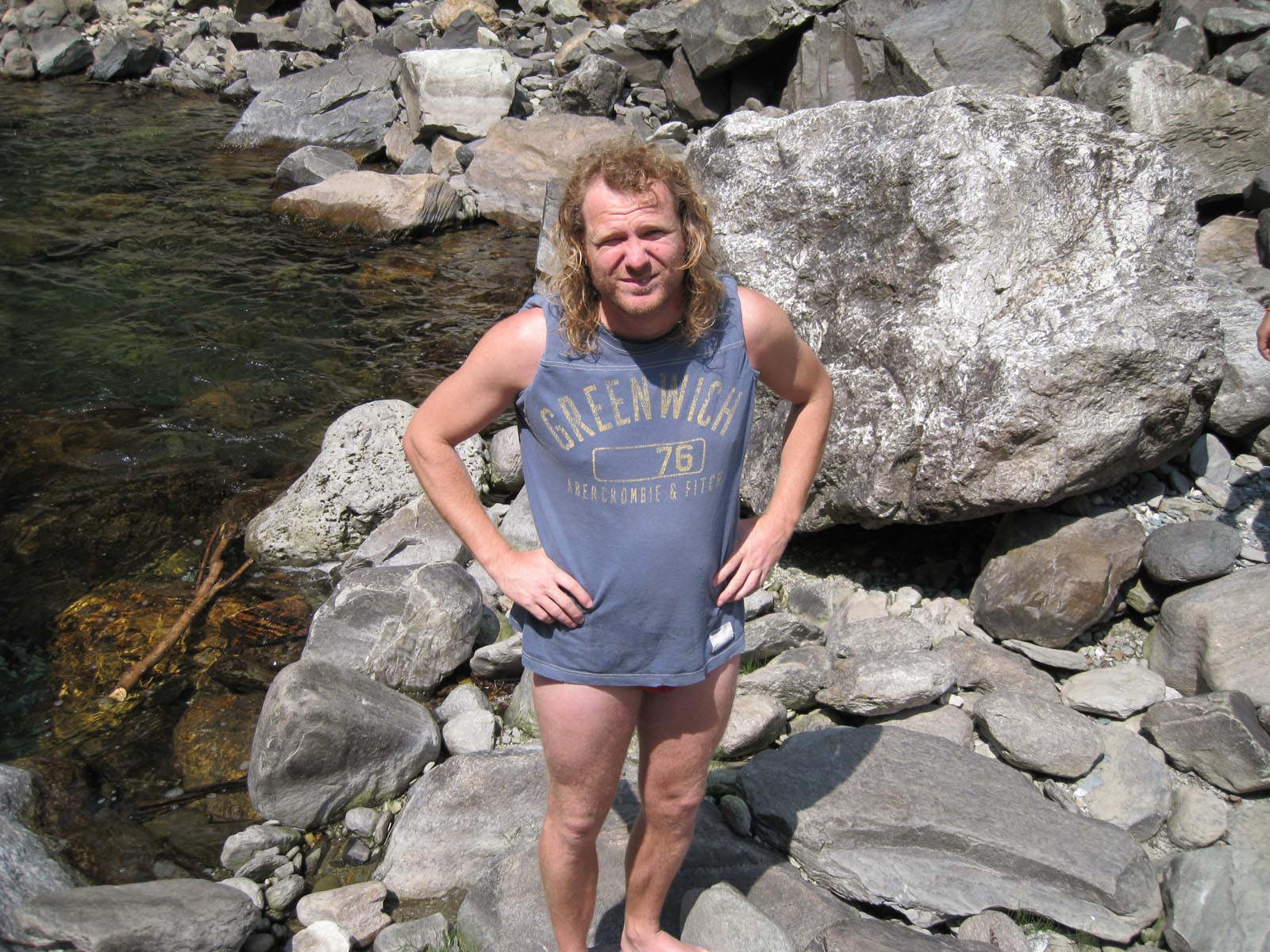
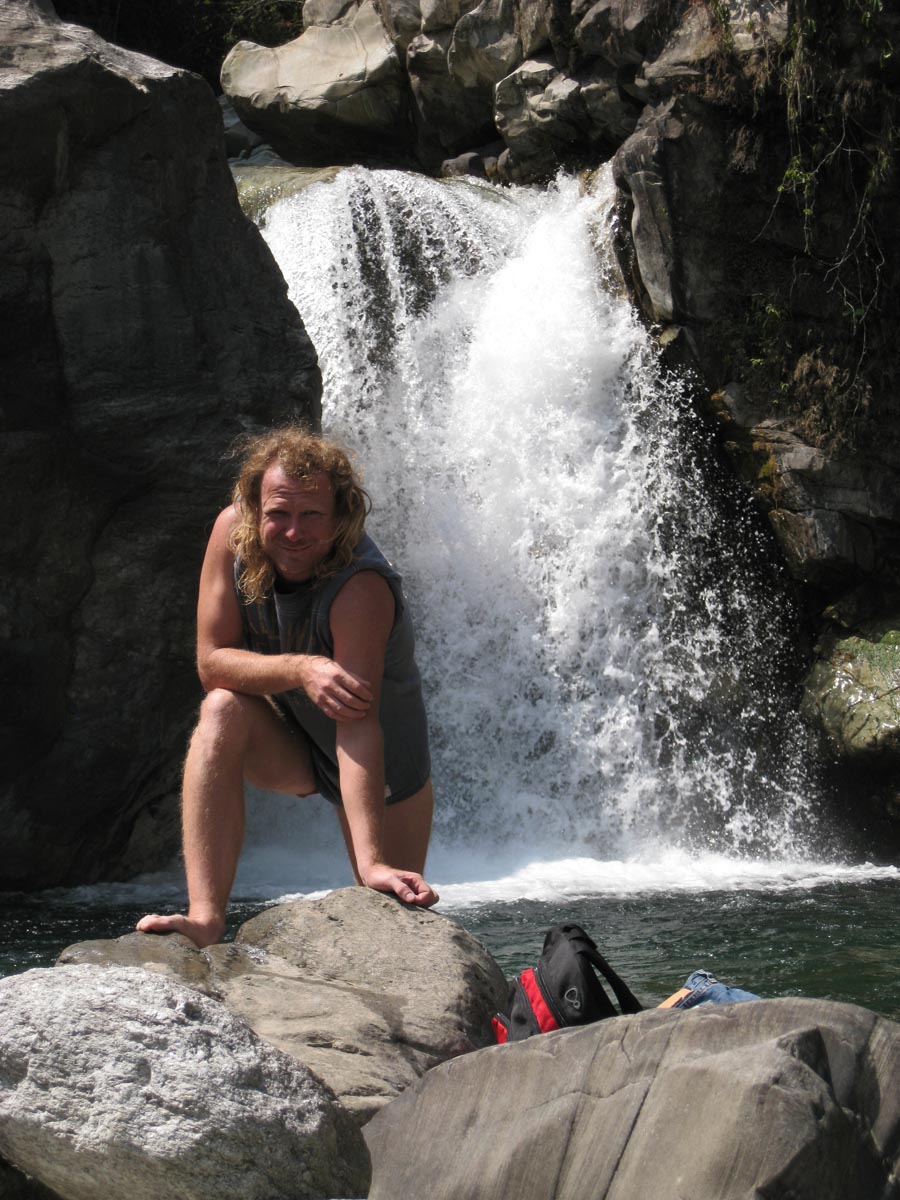
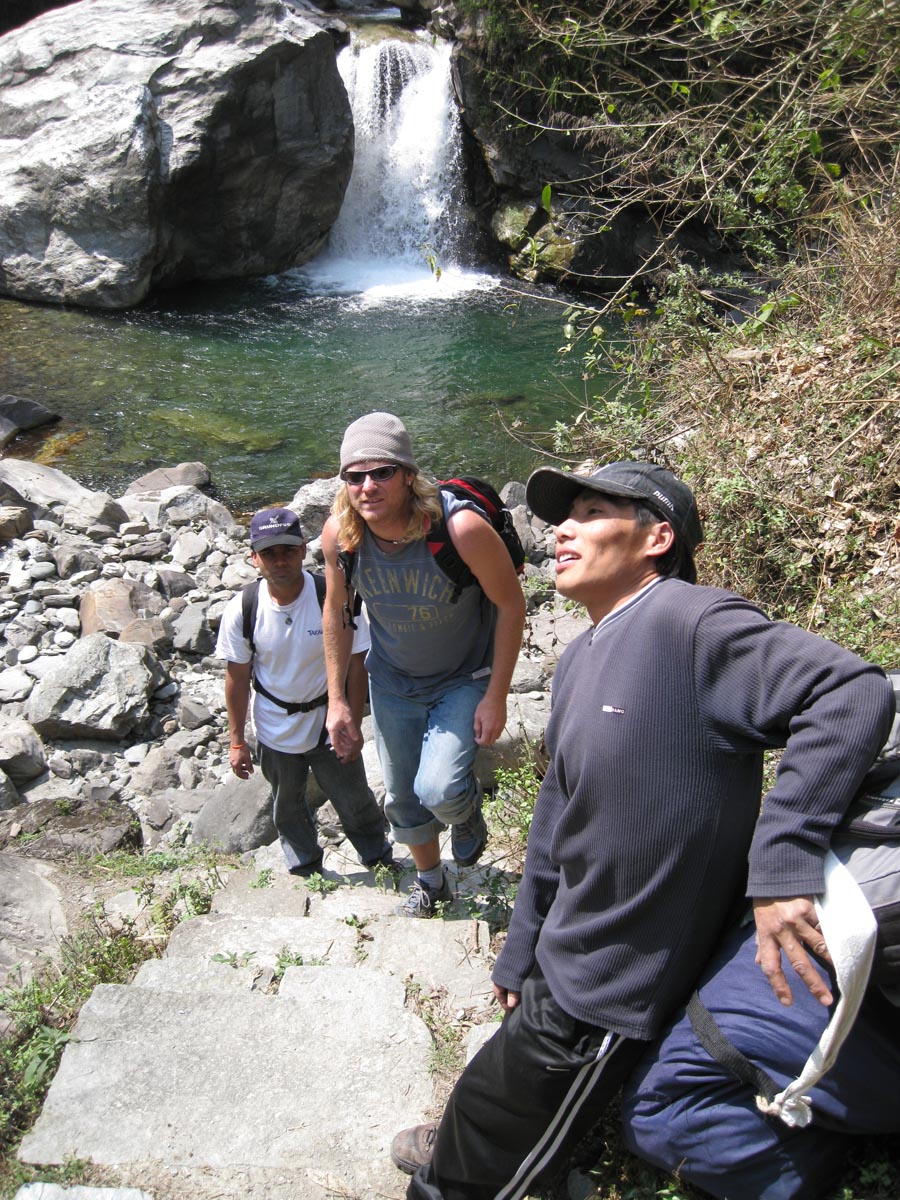
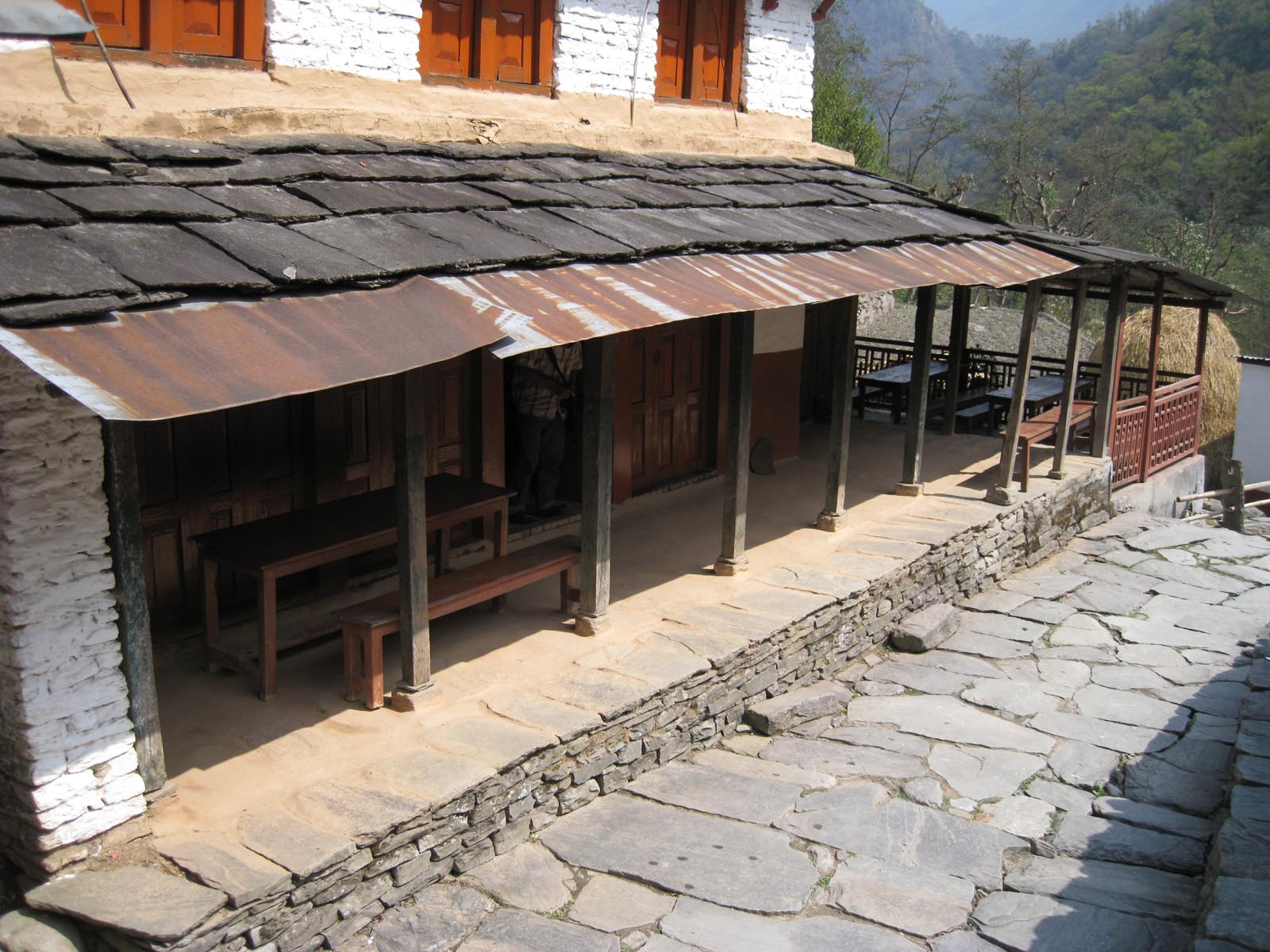
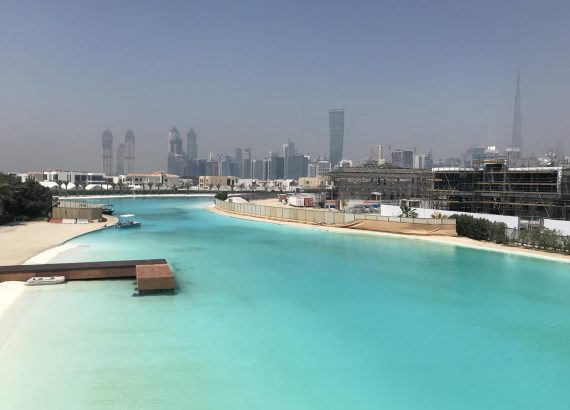
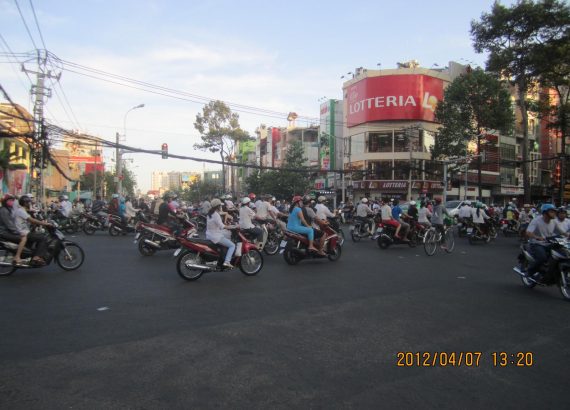
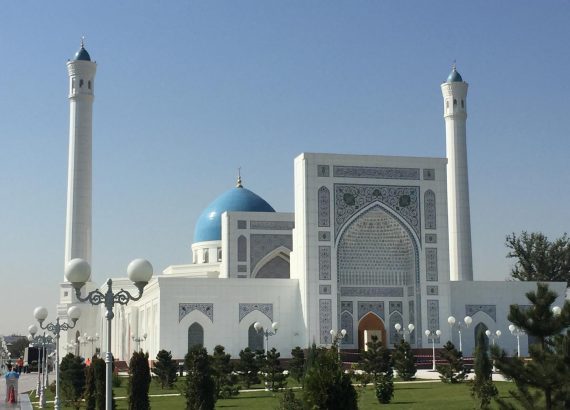
No Comments